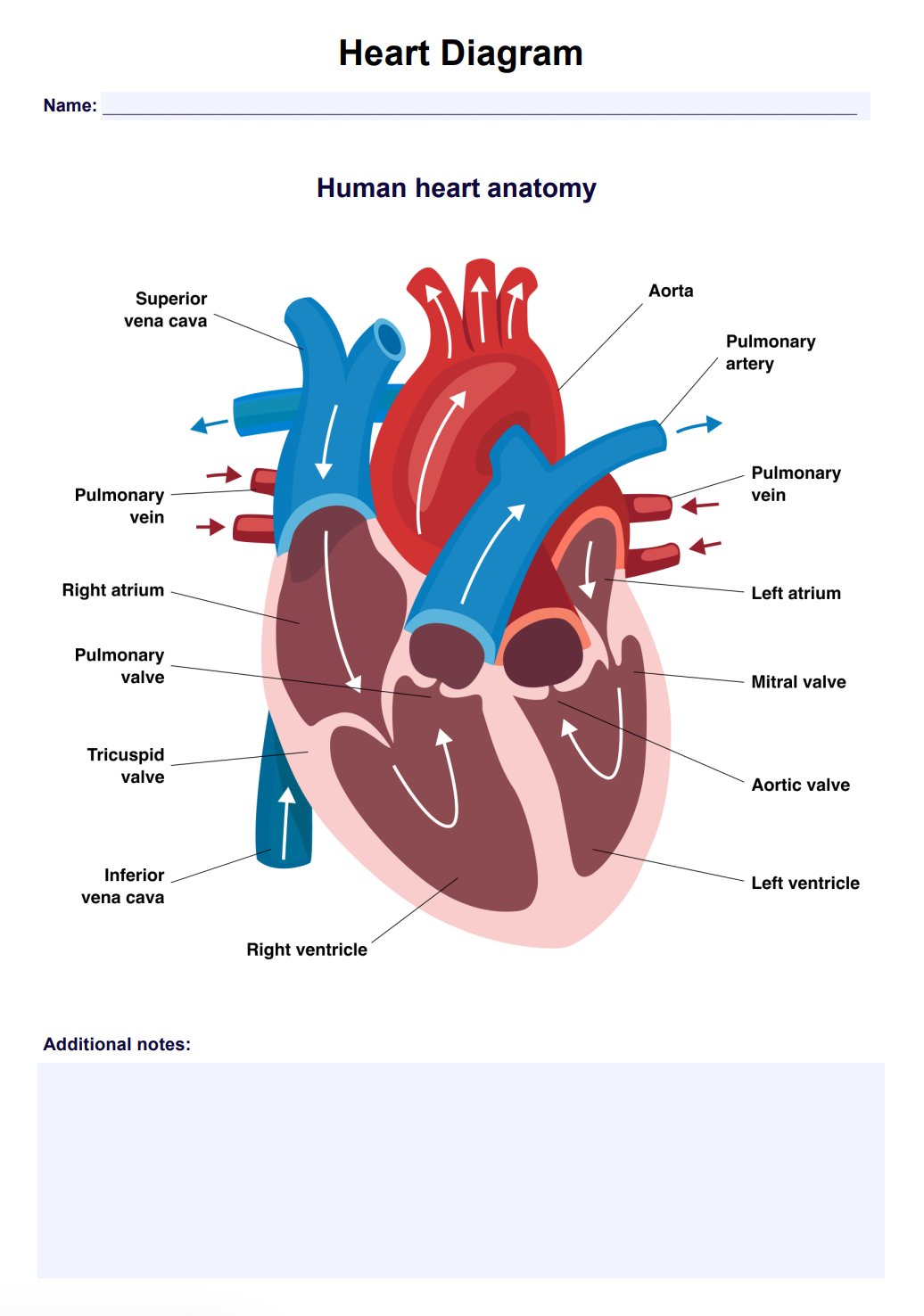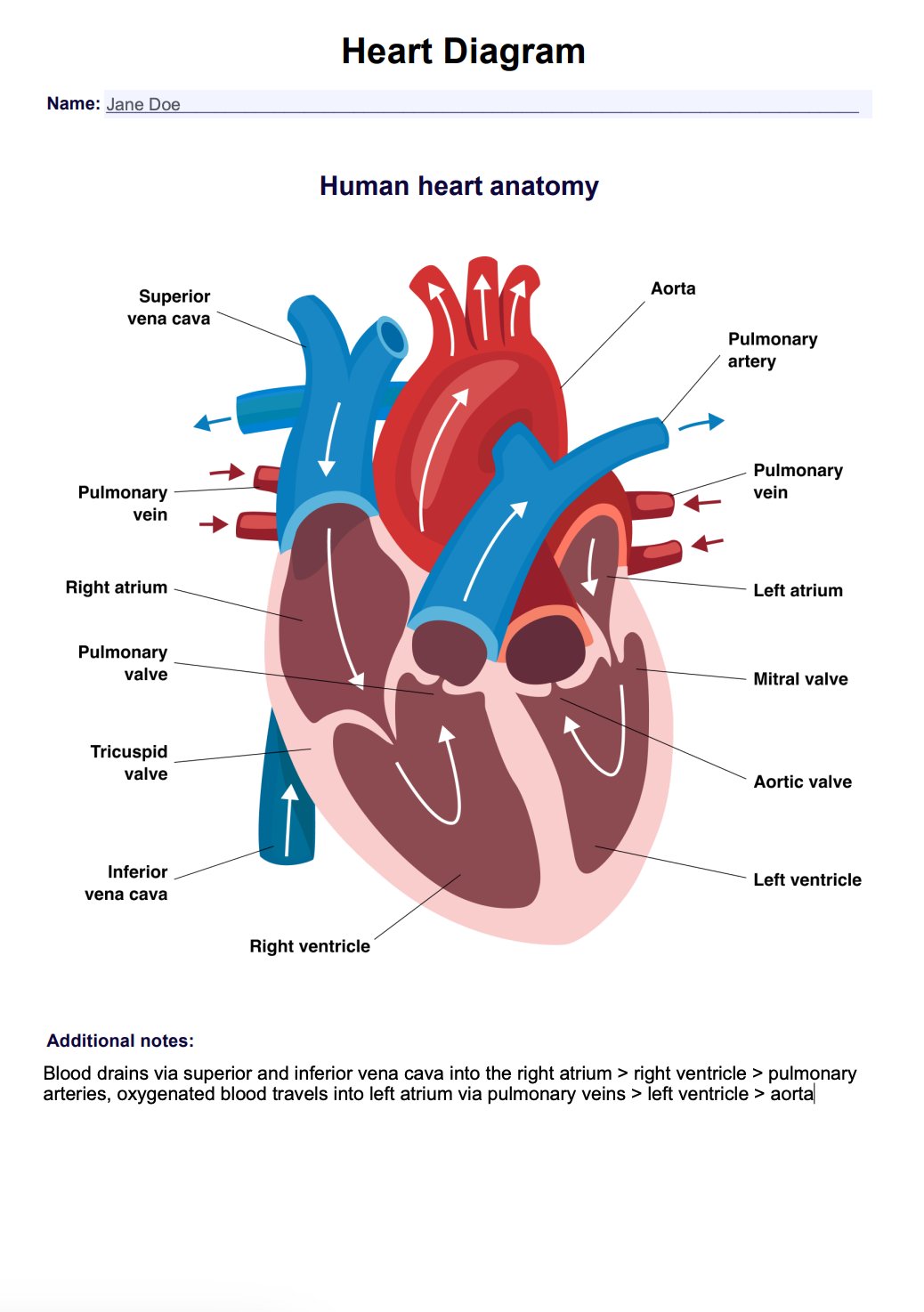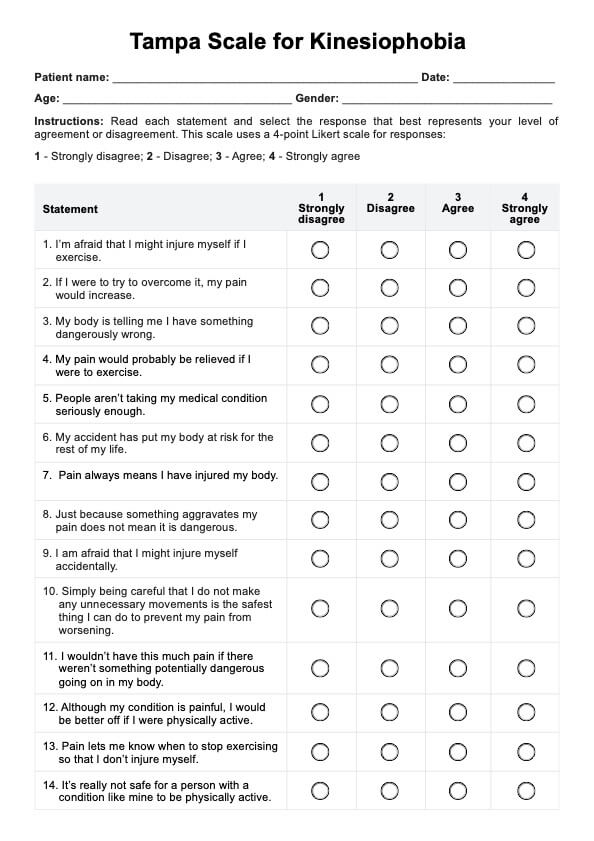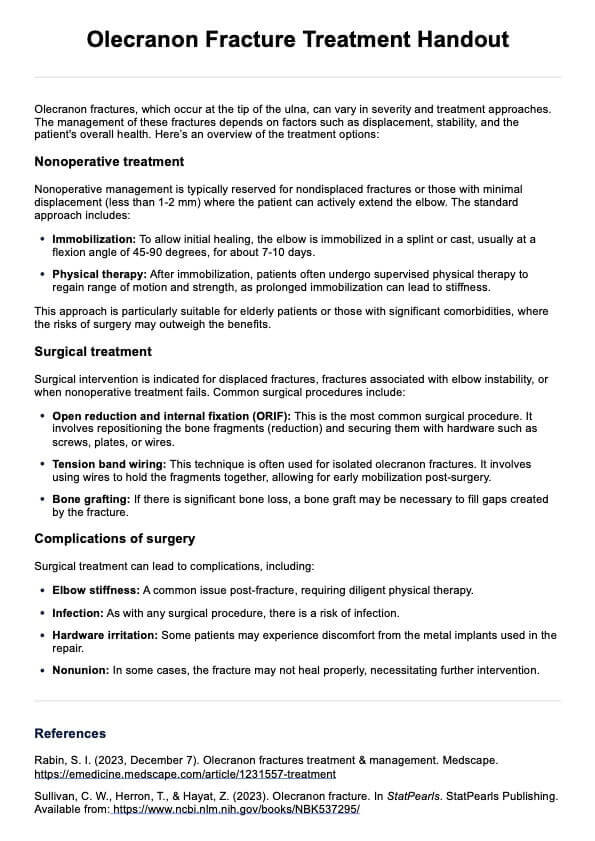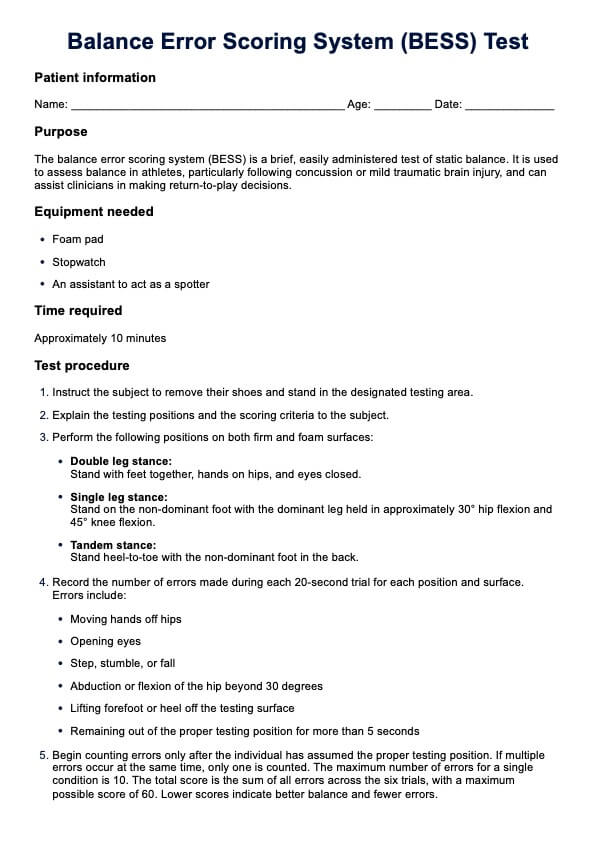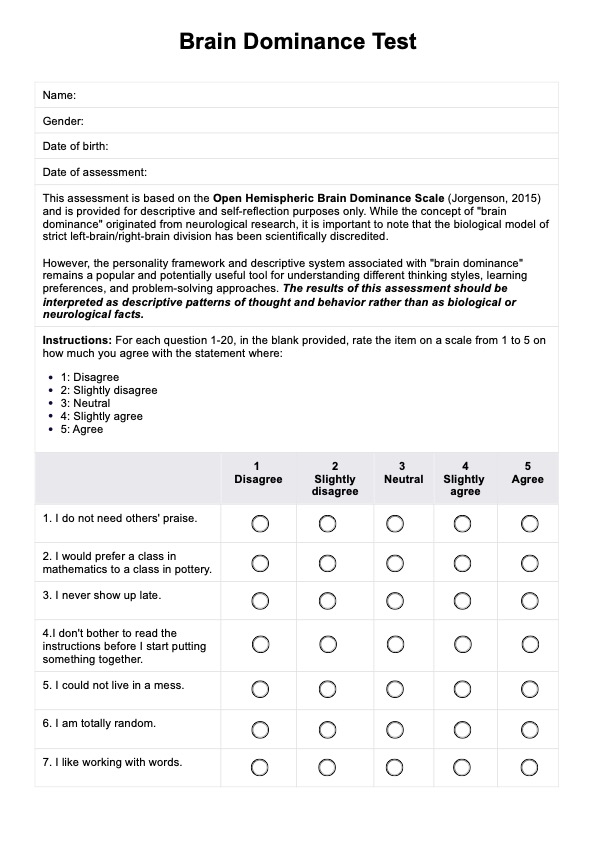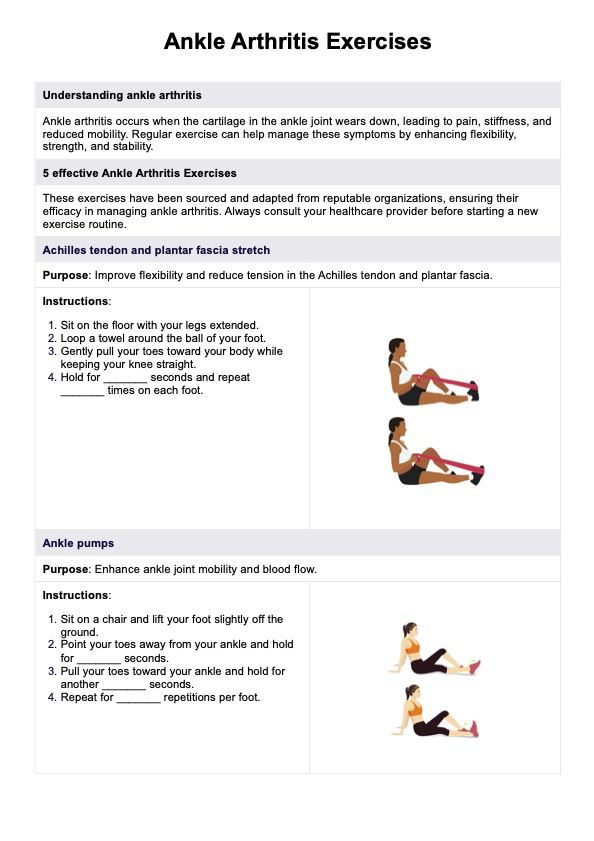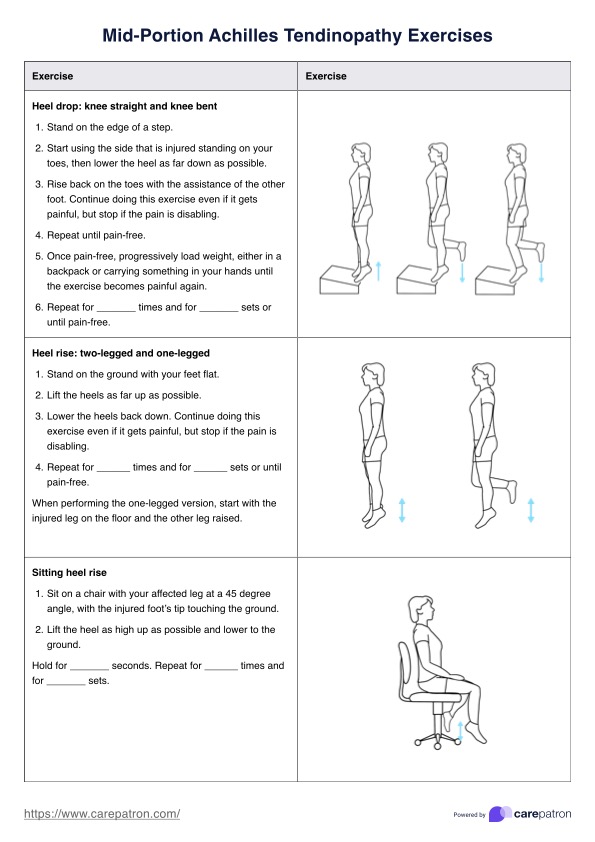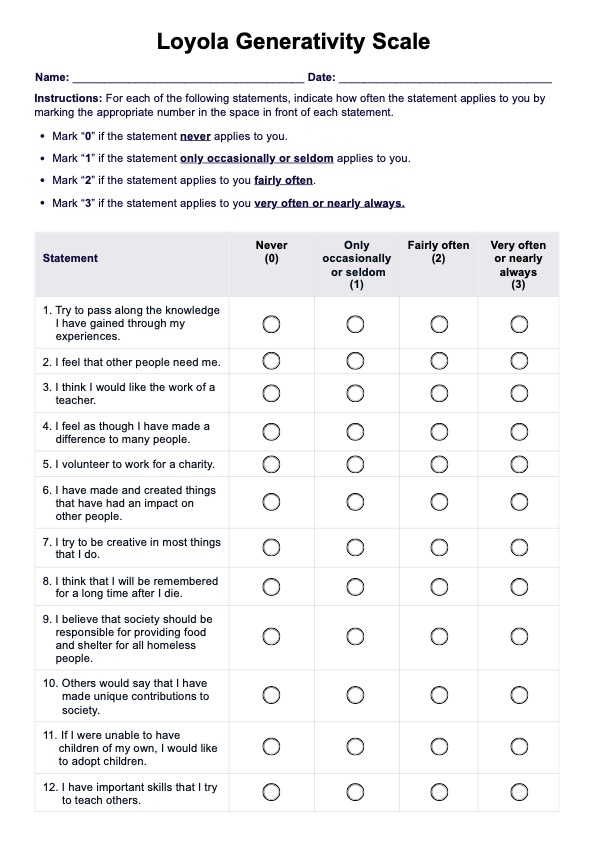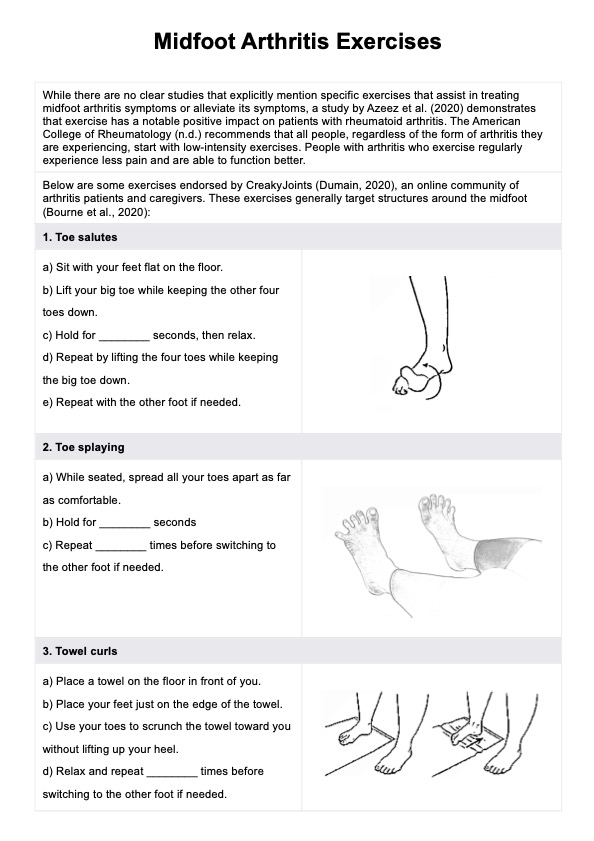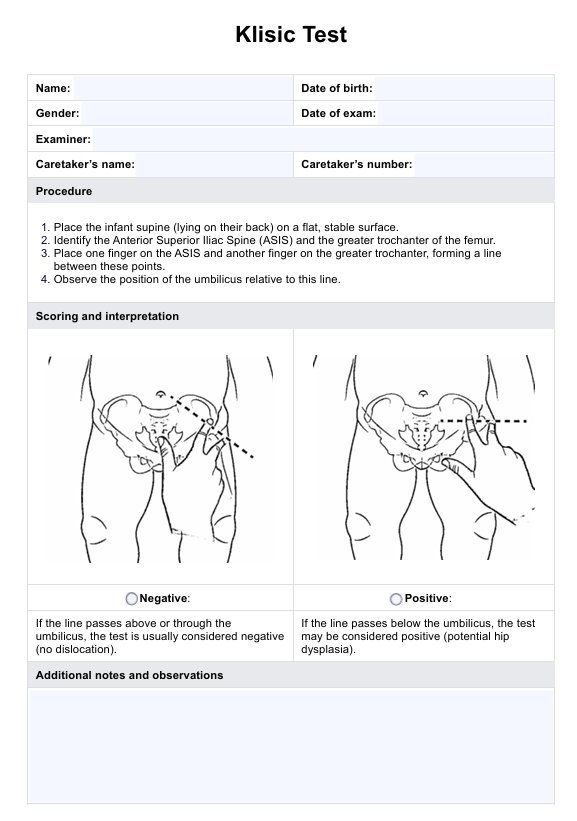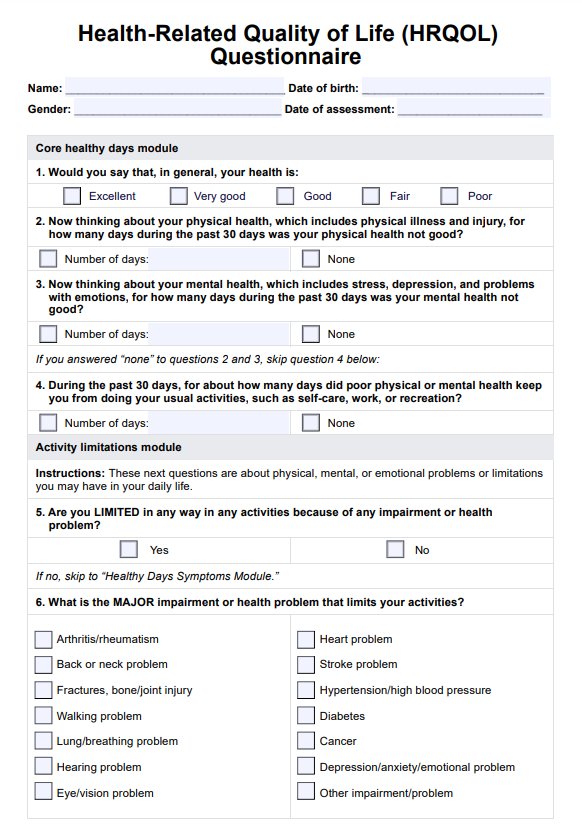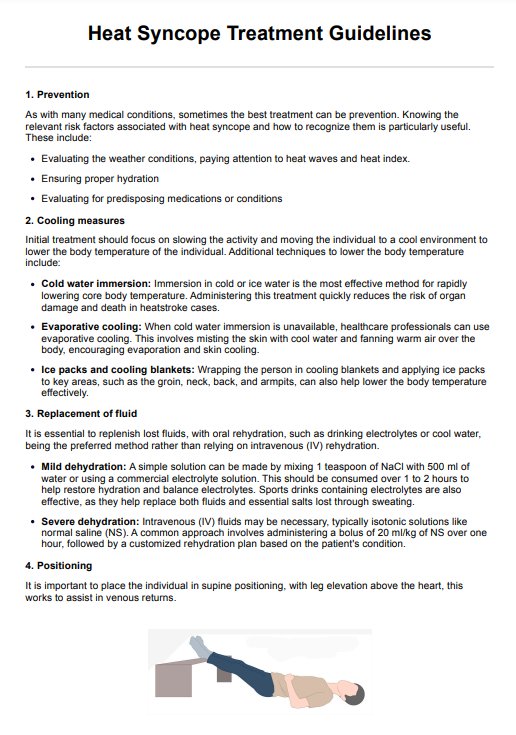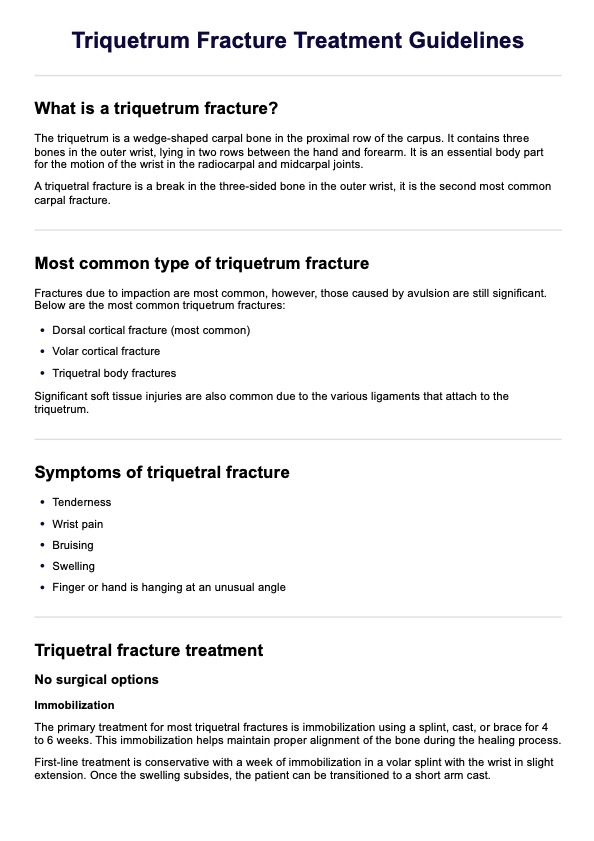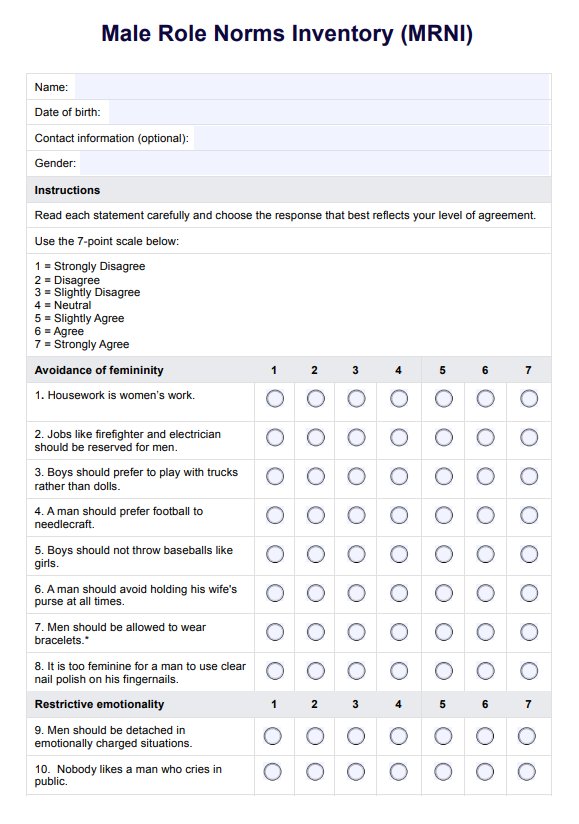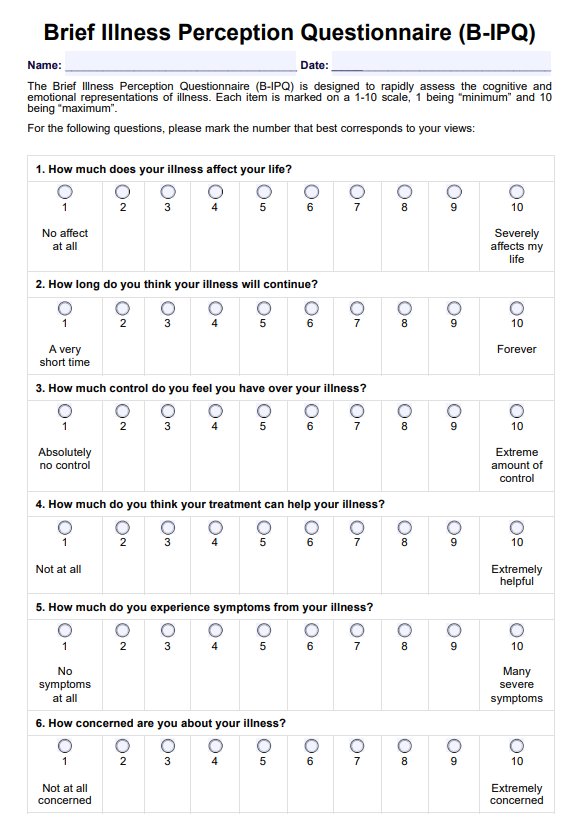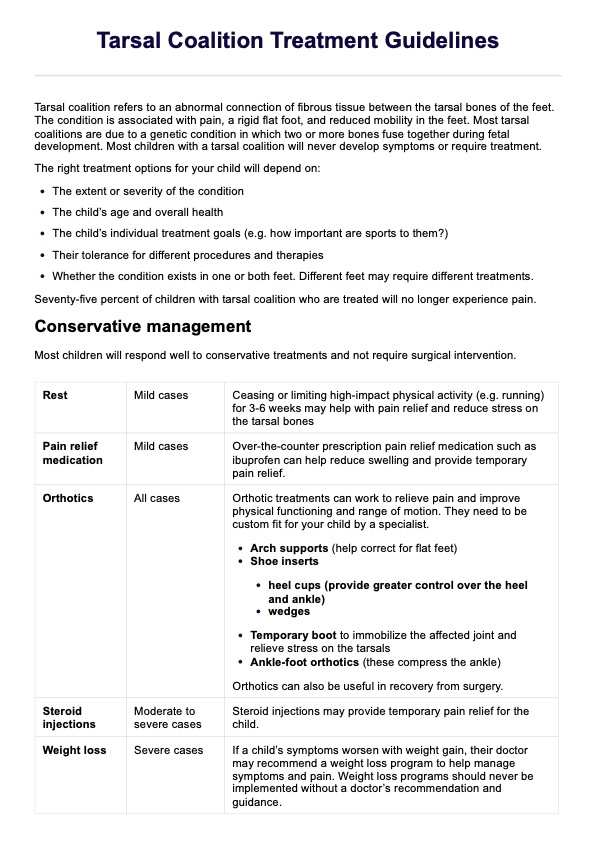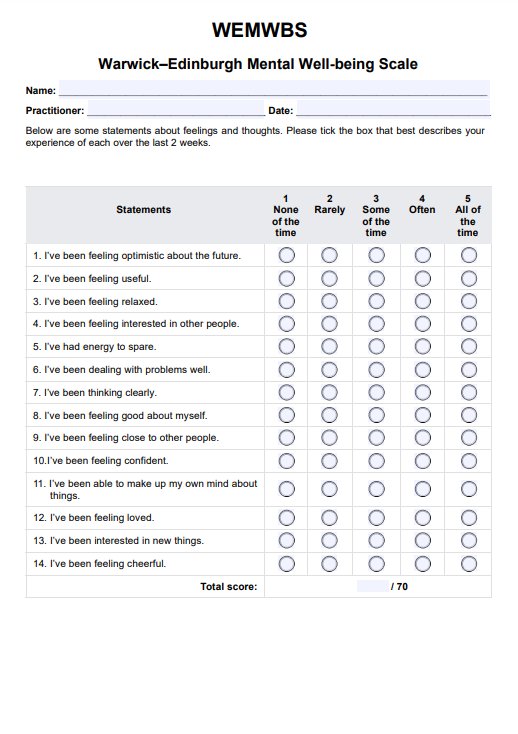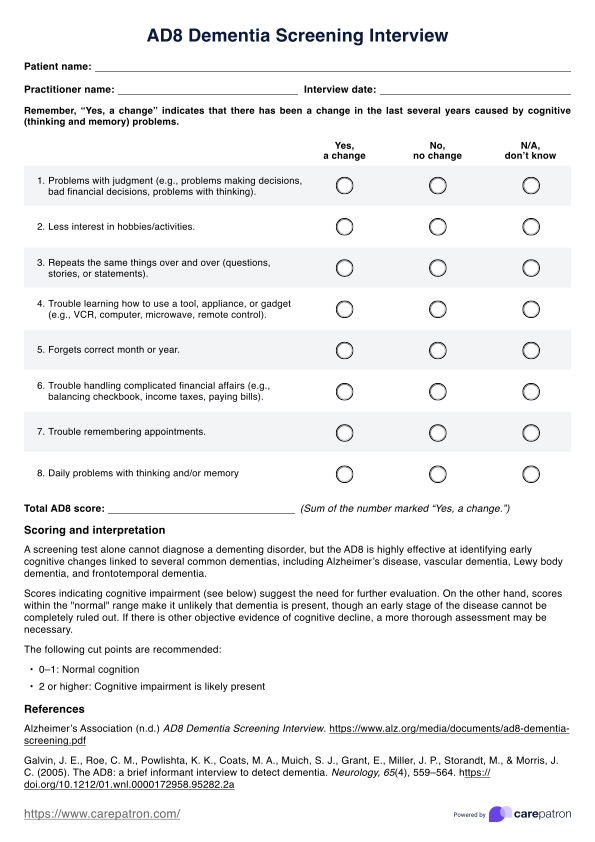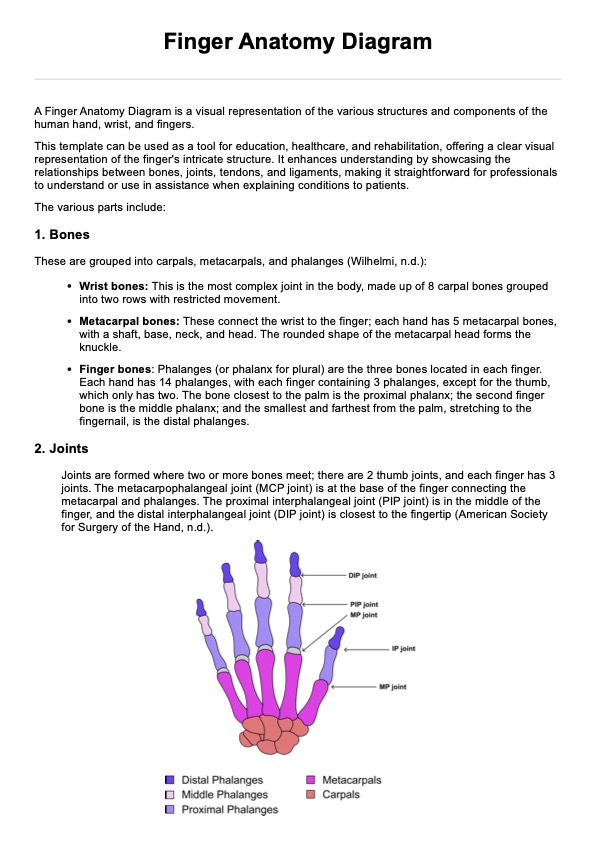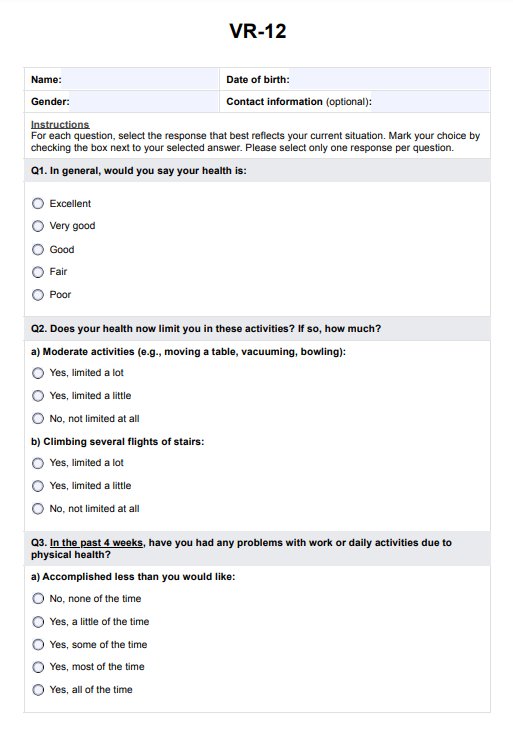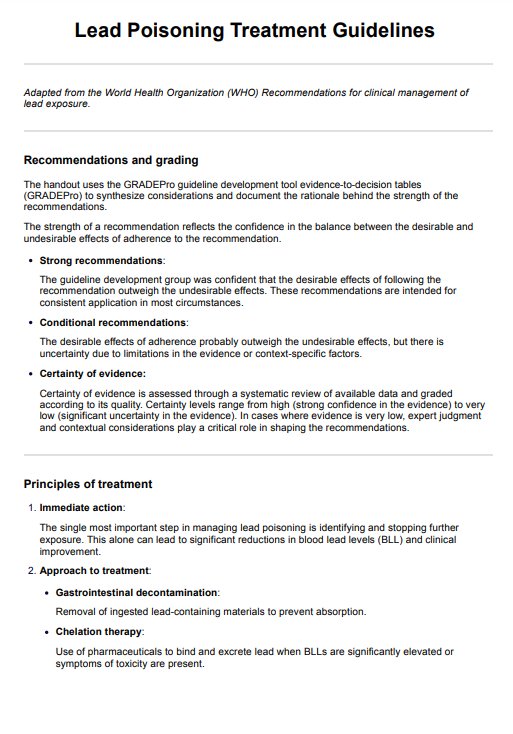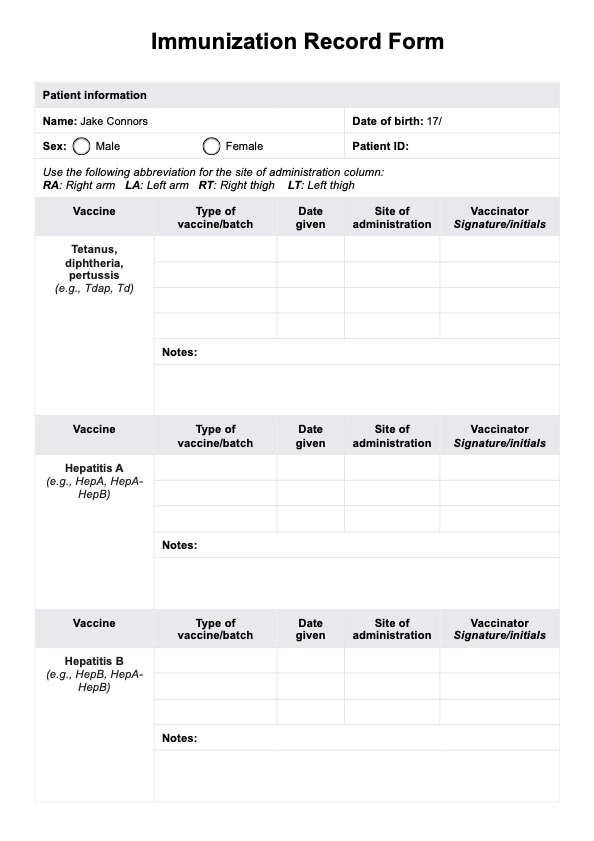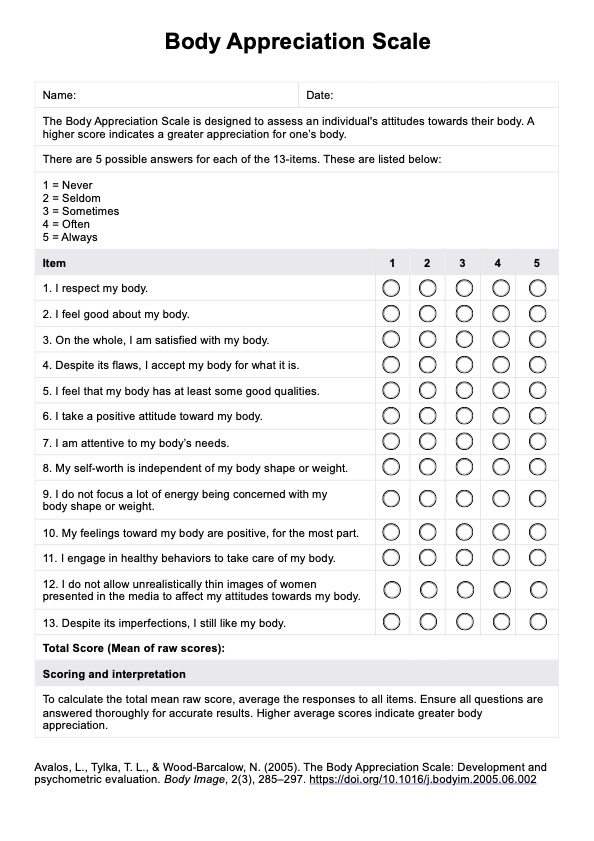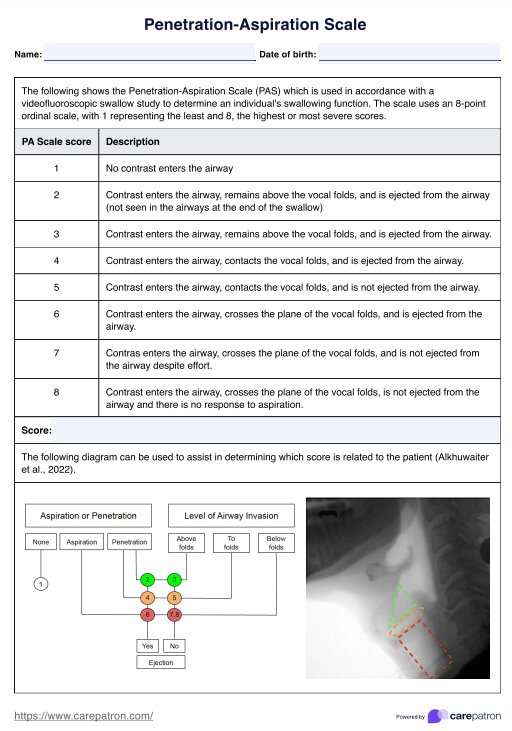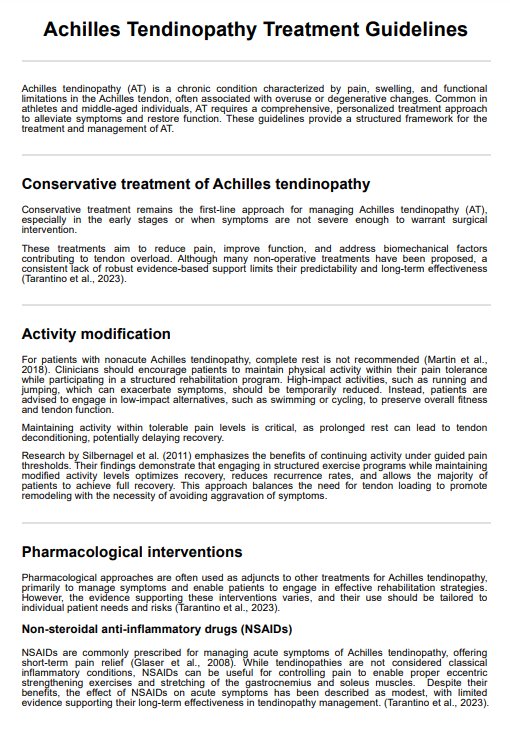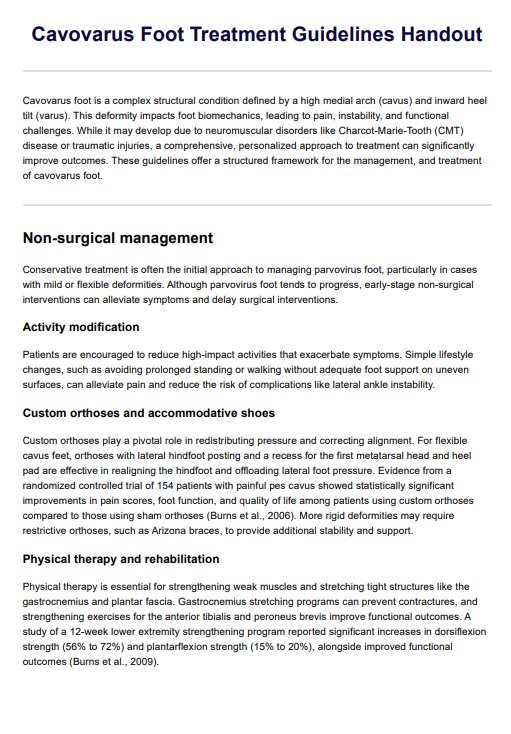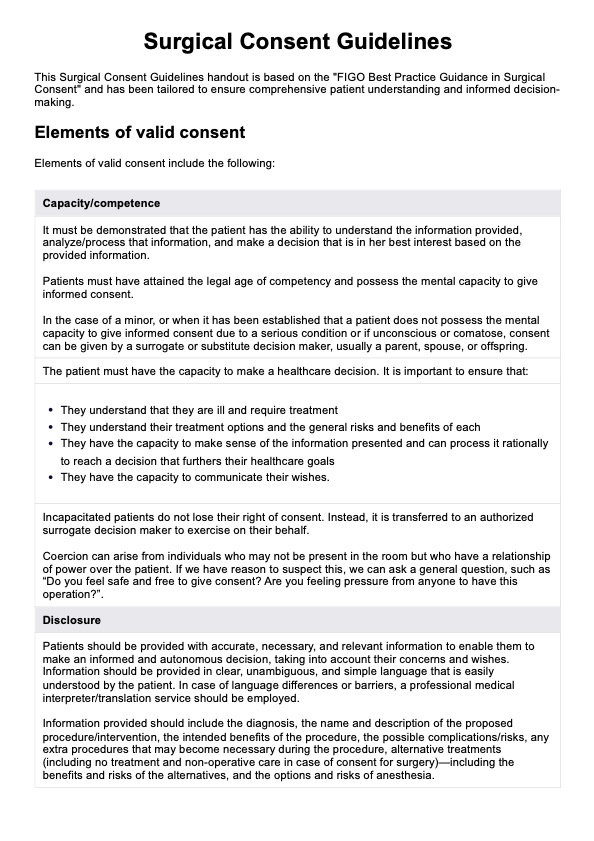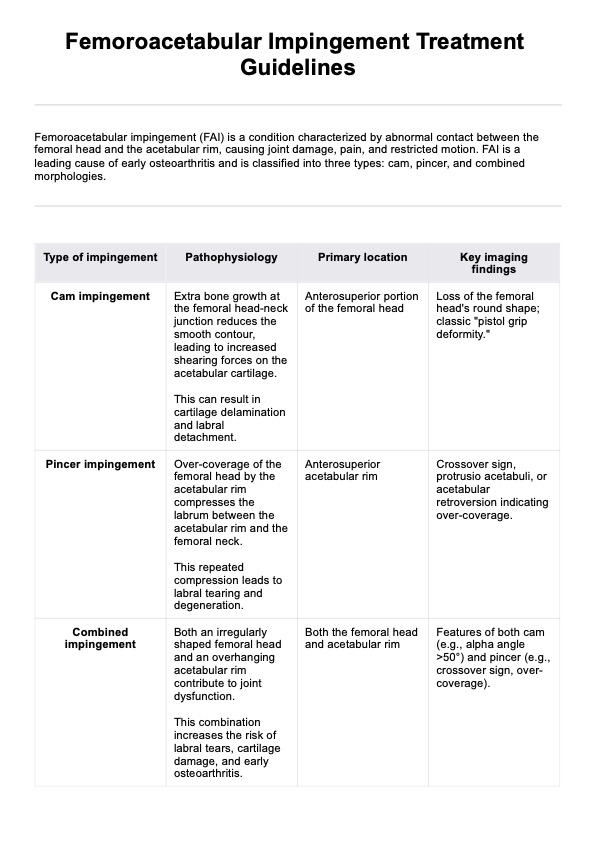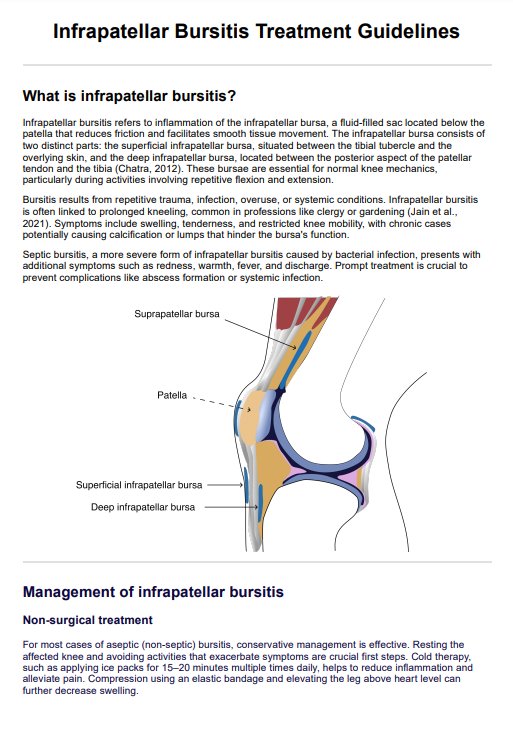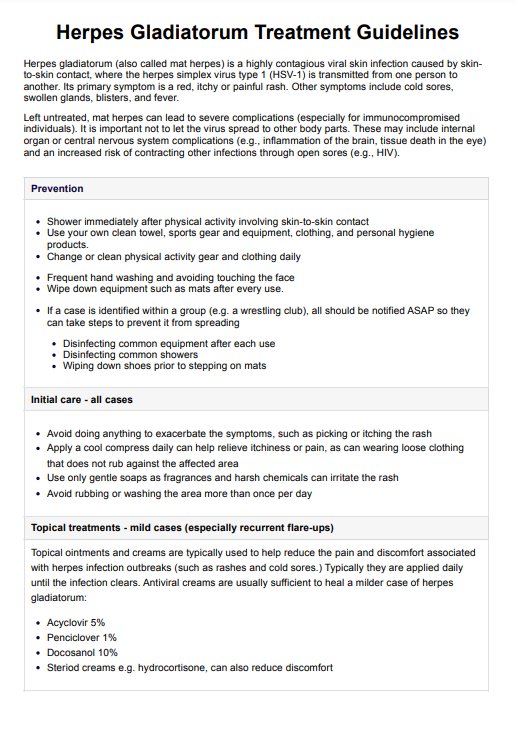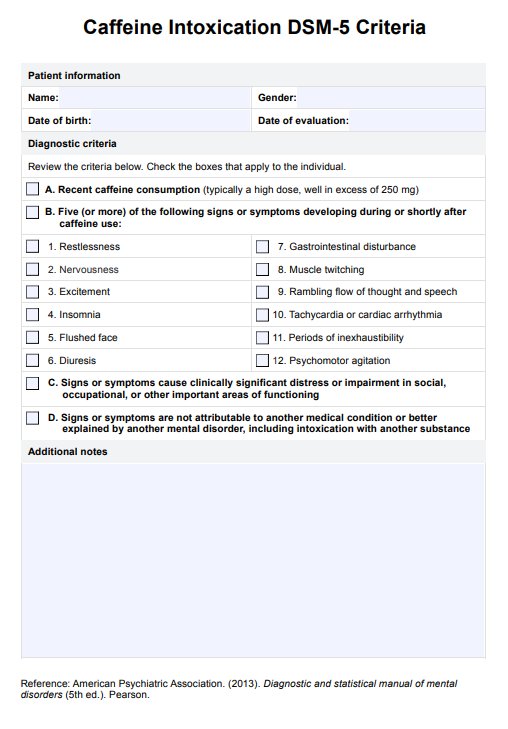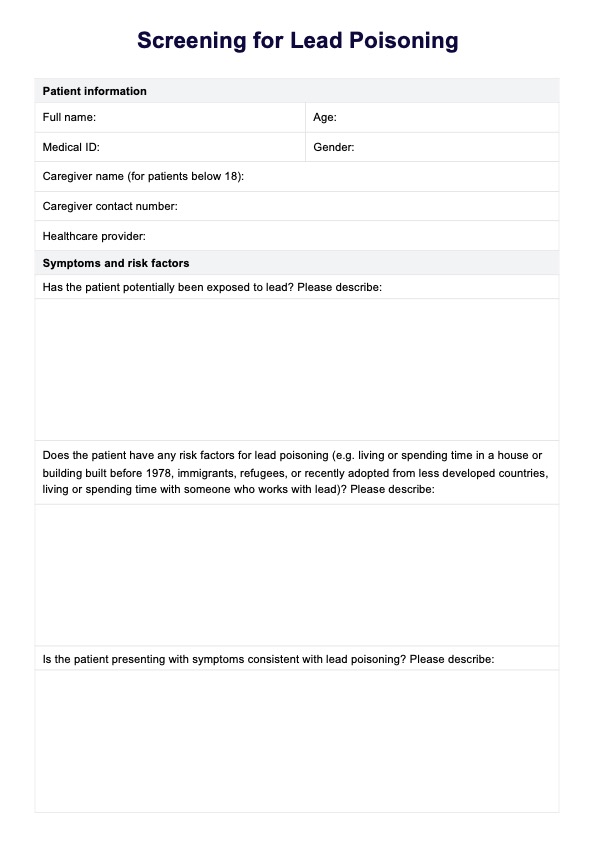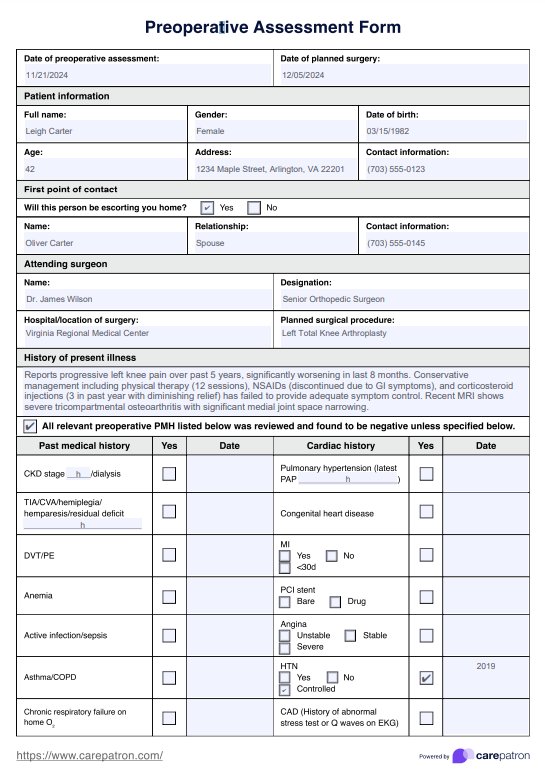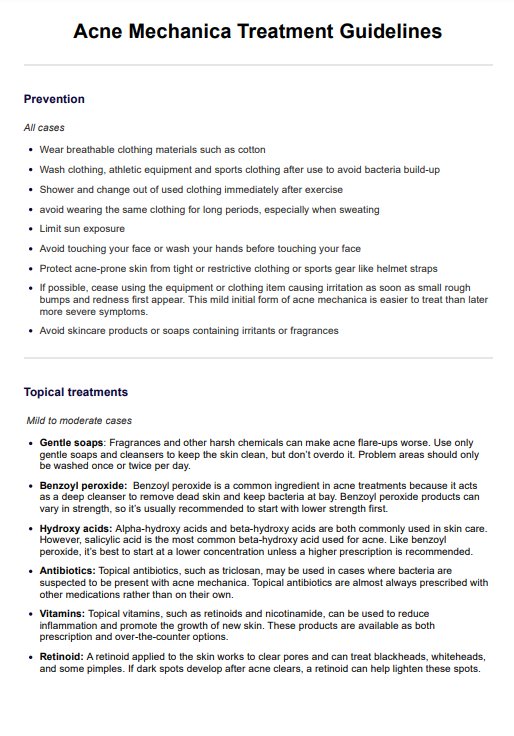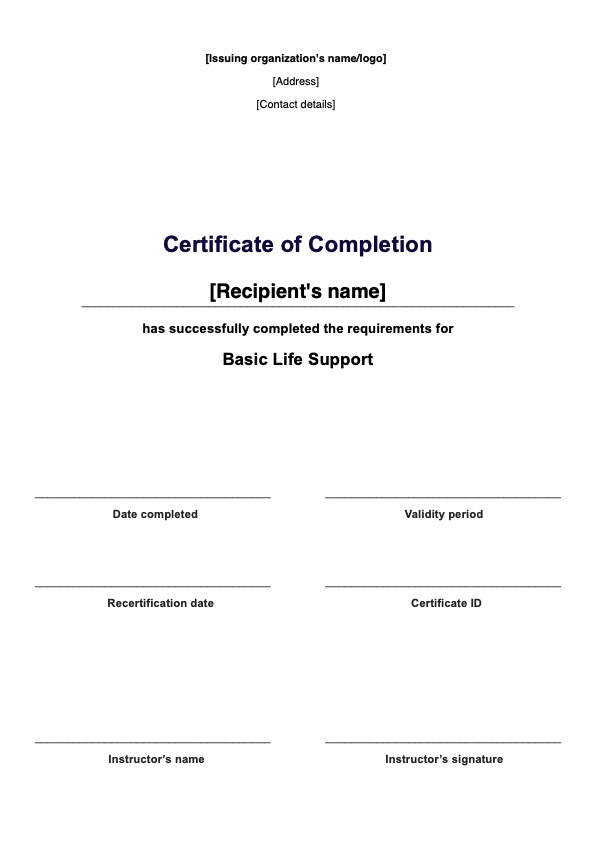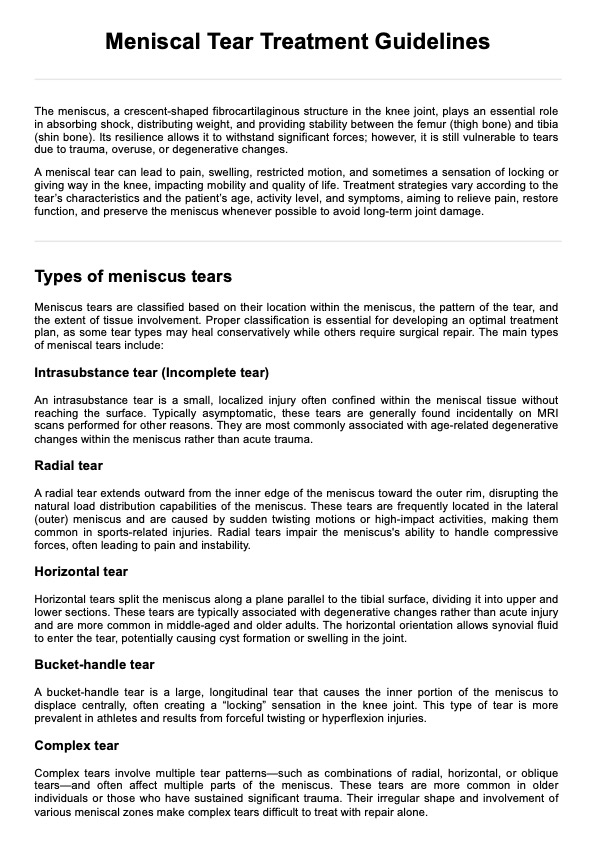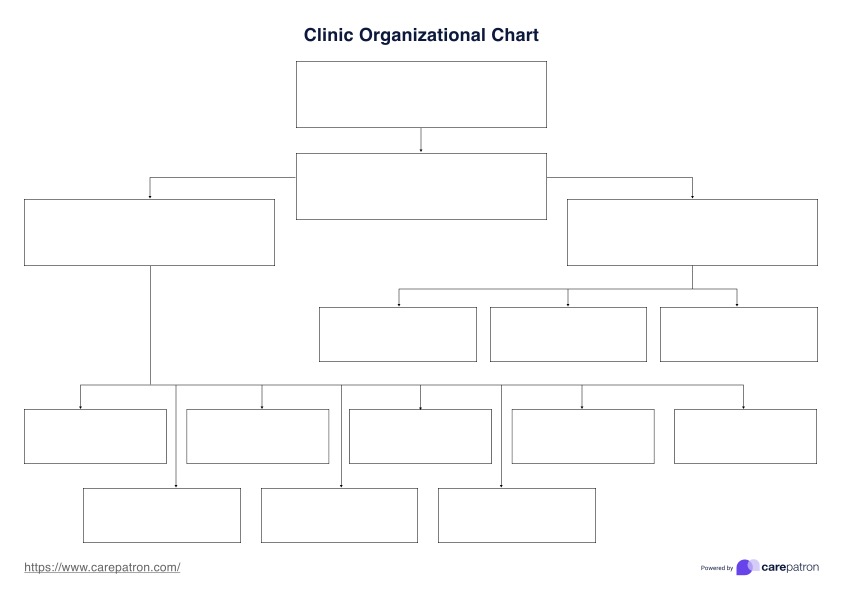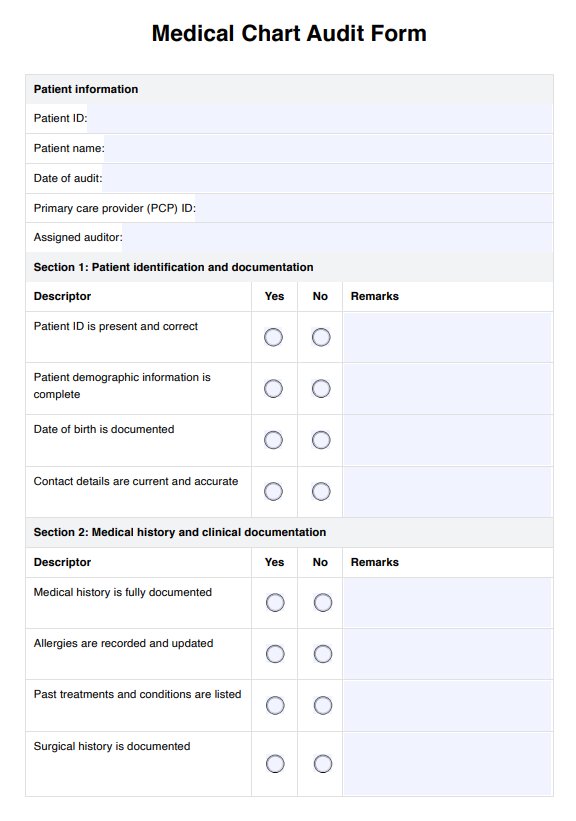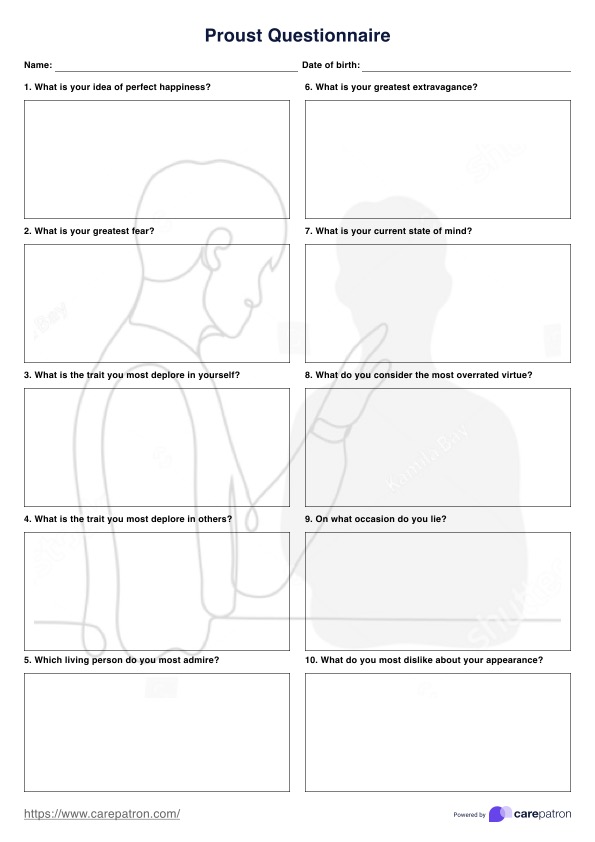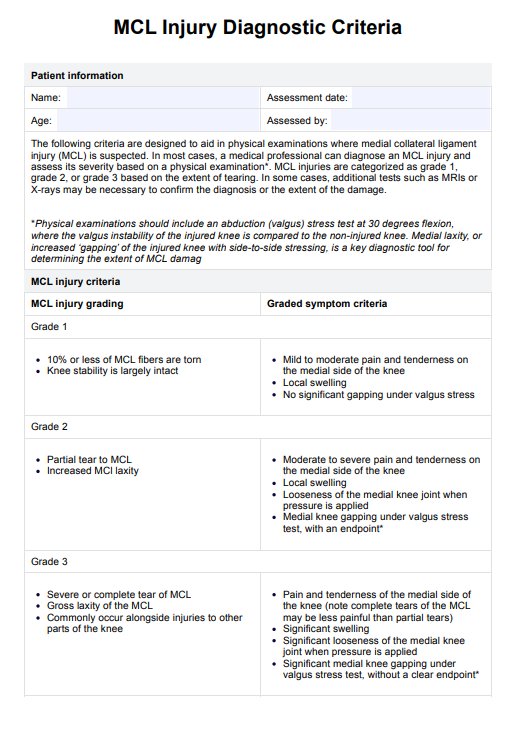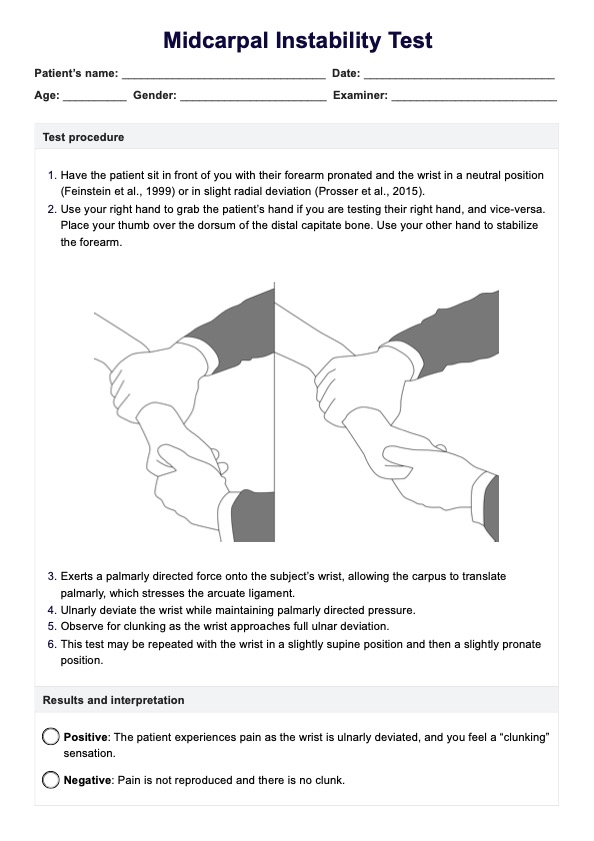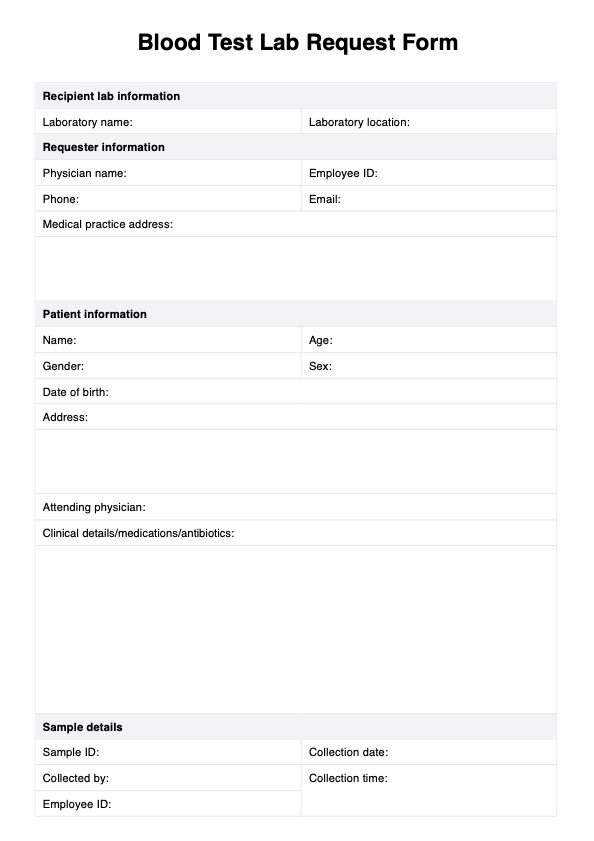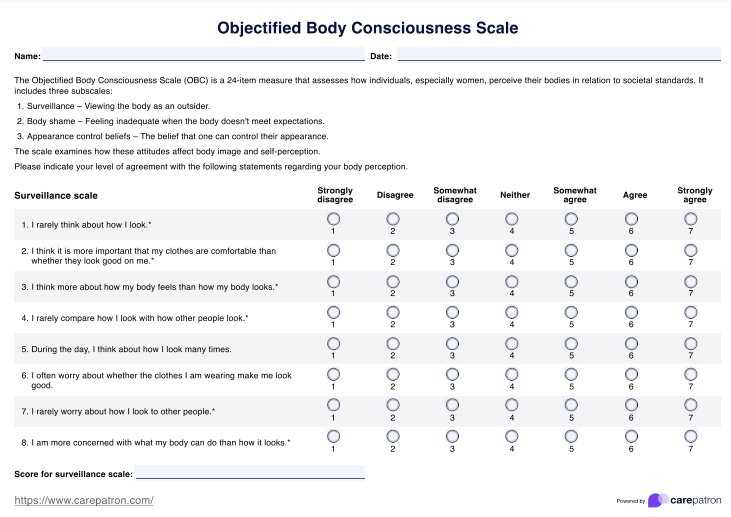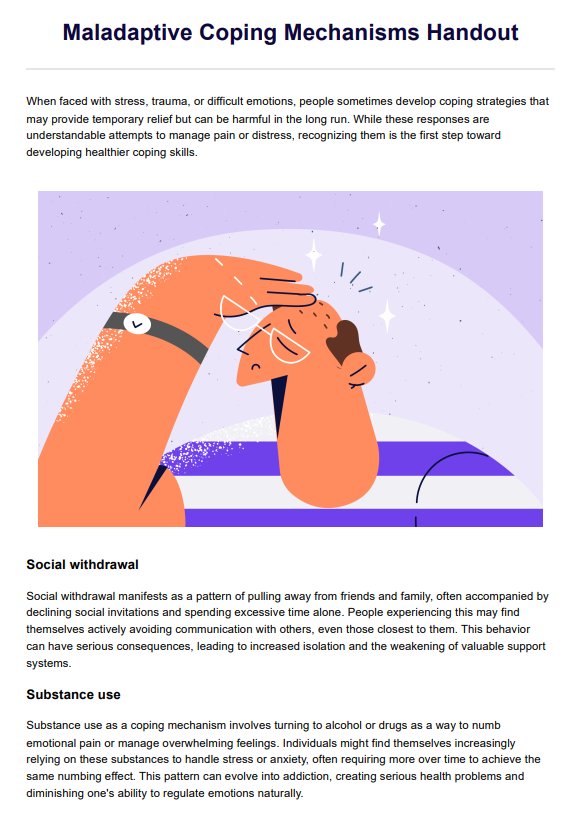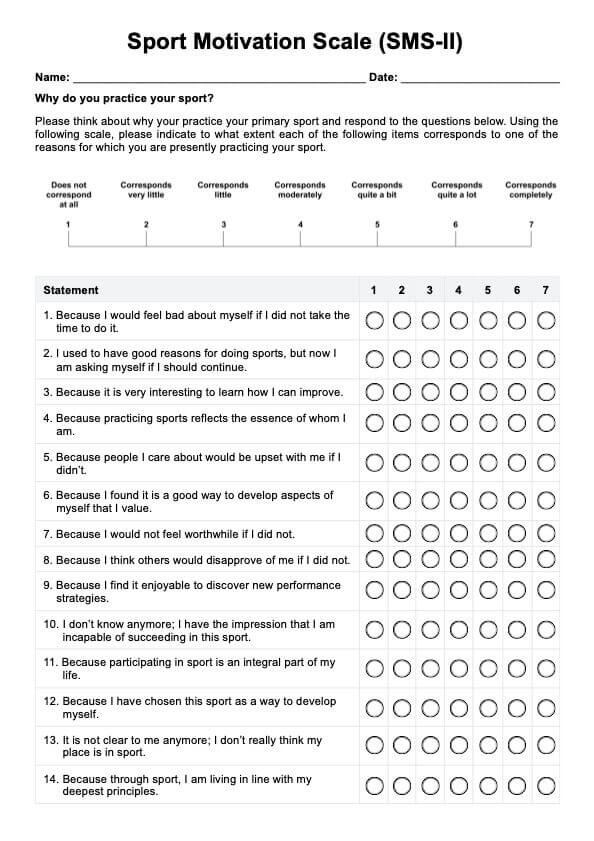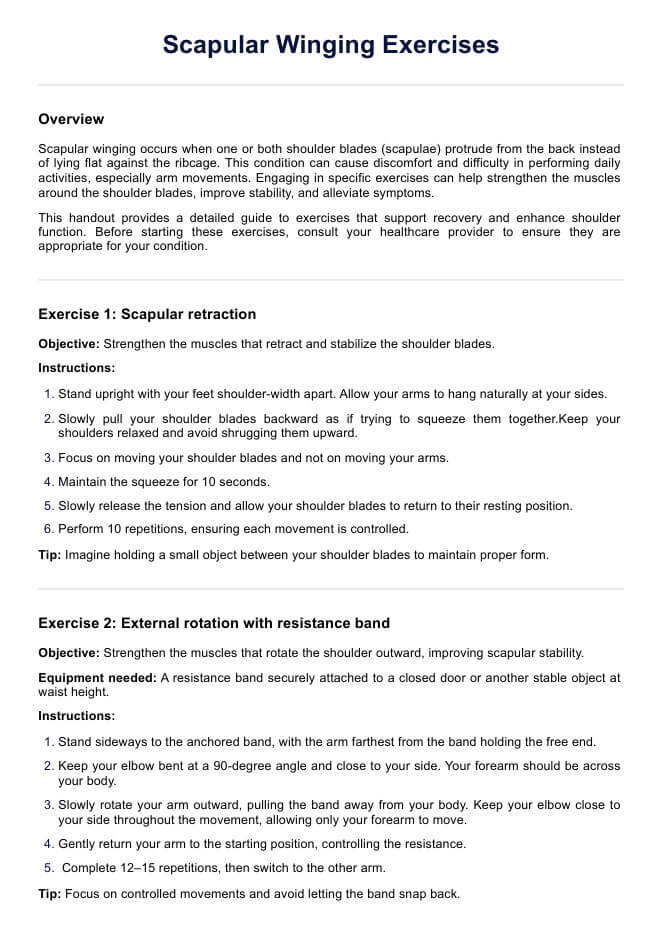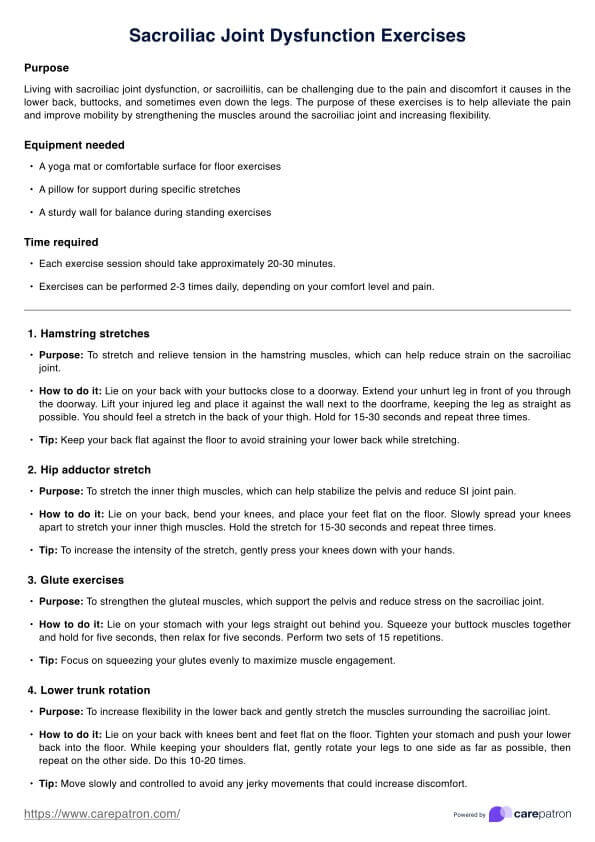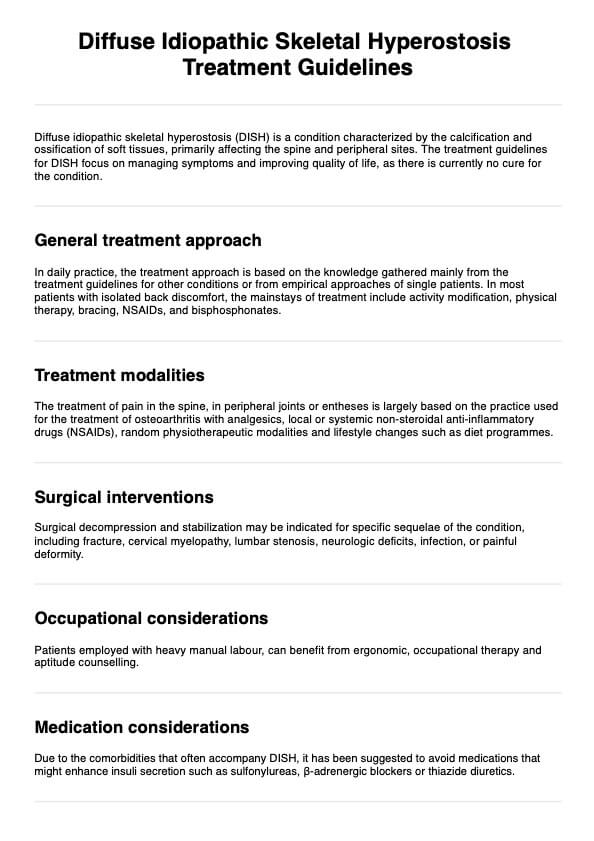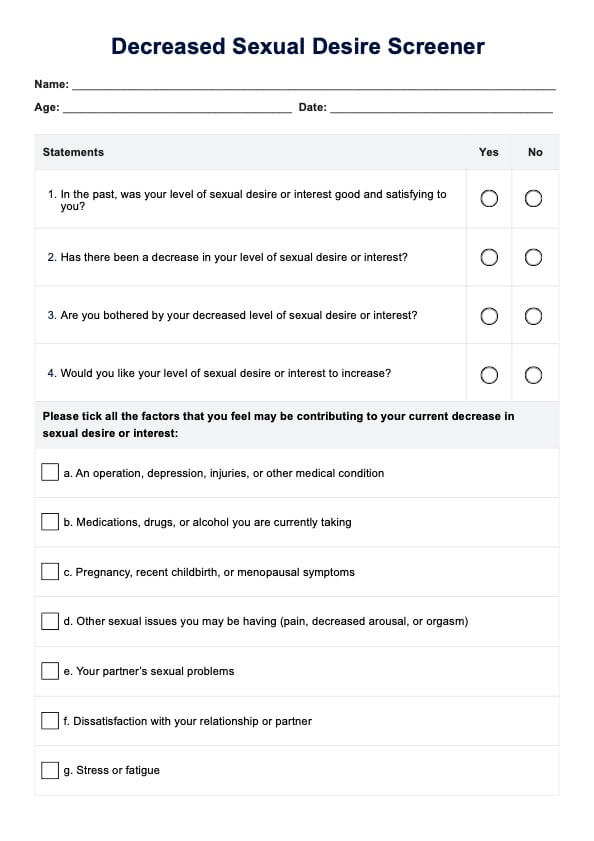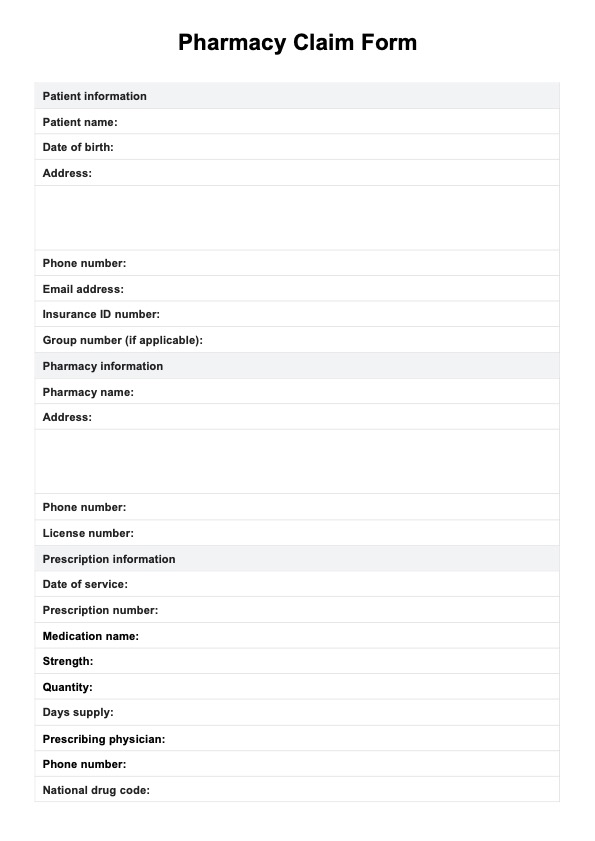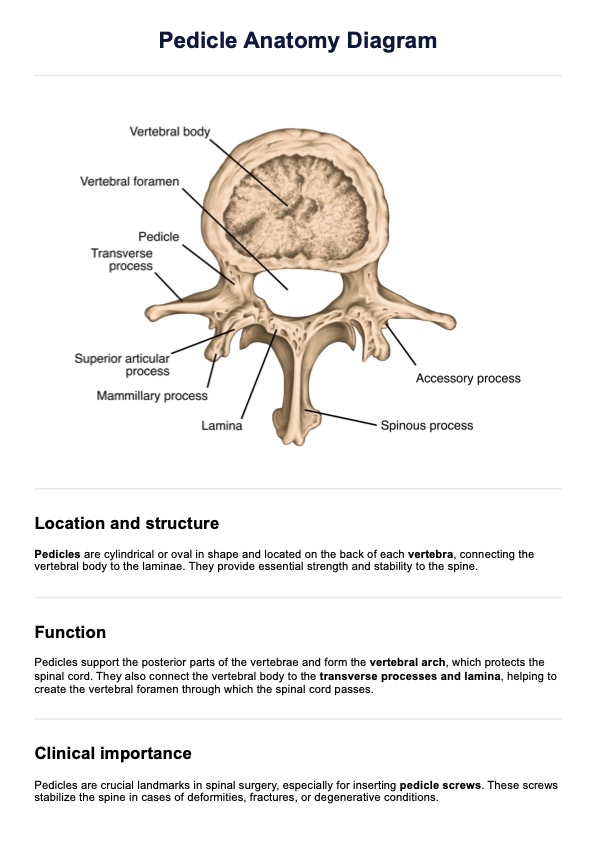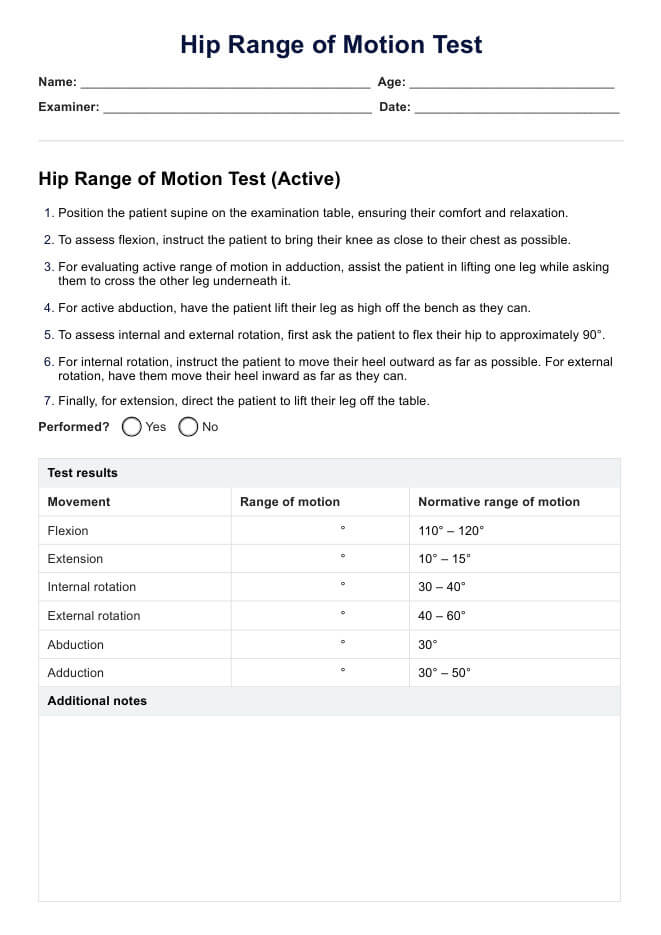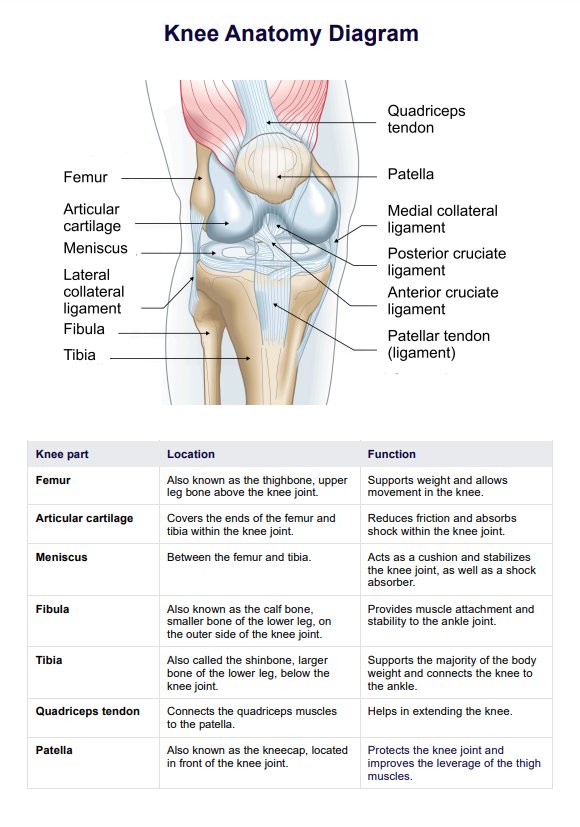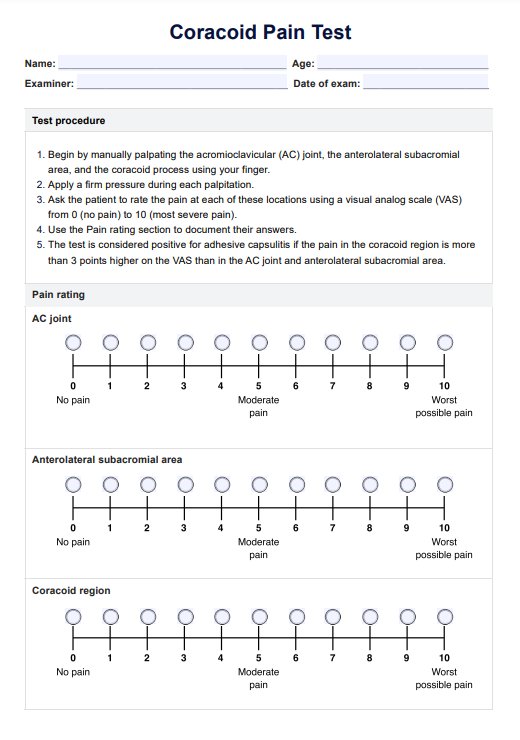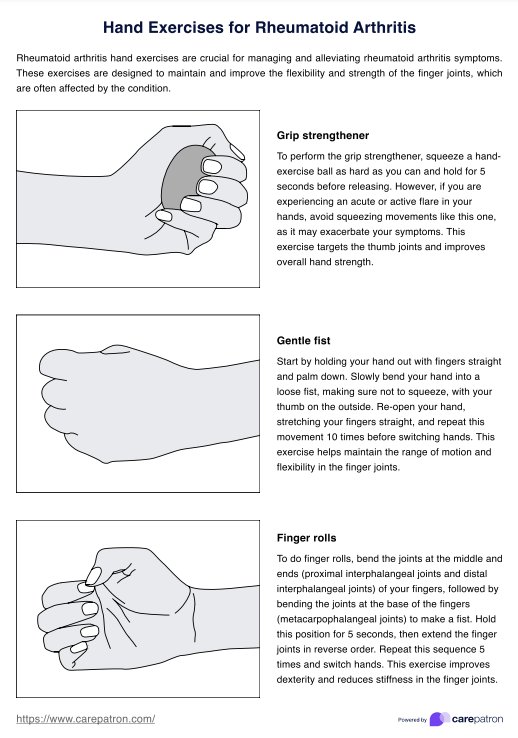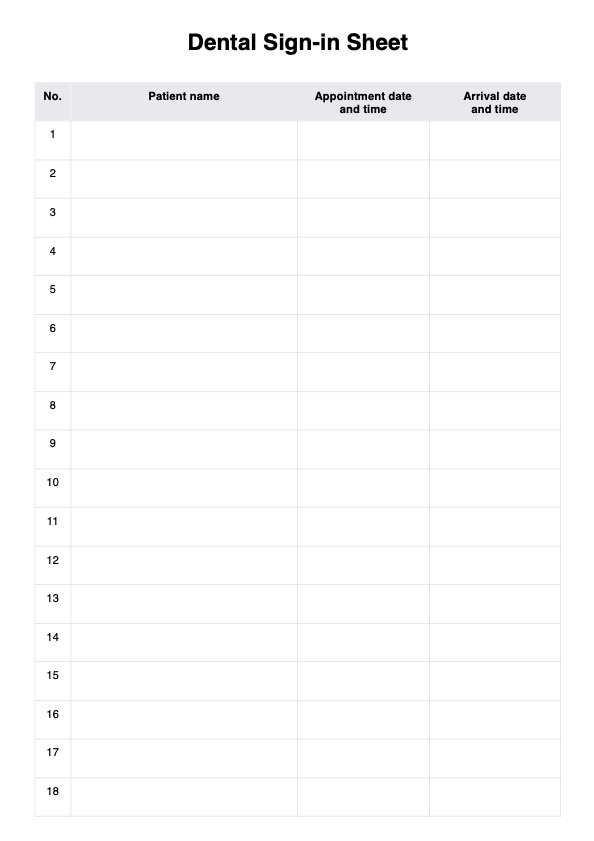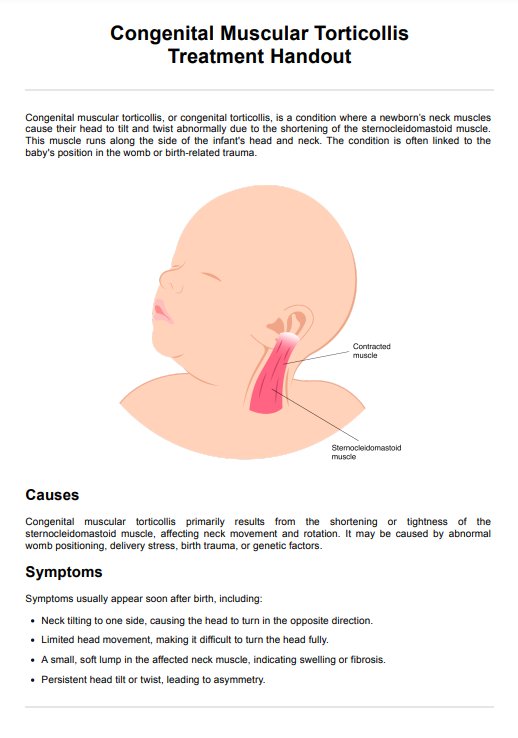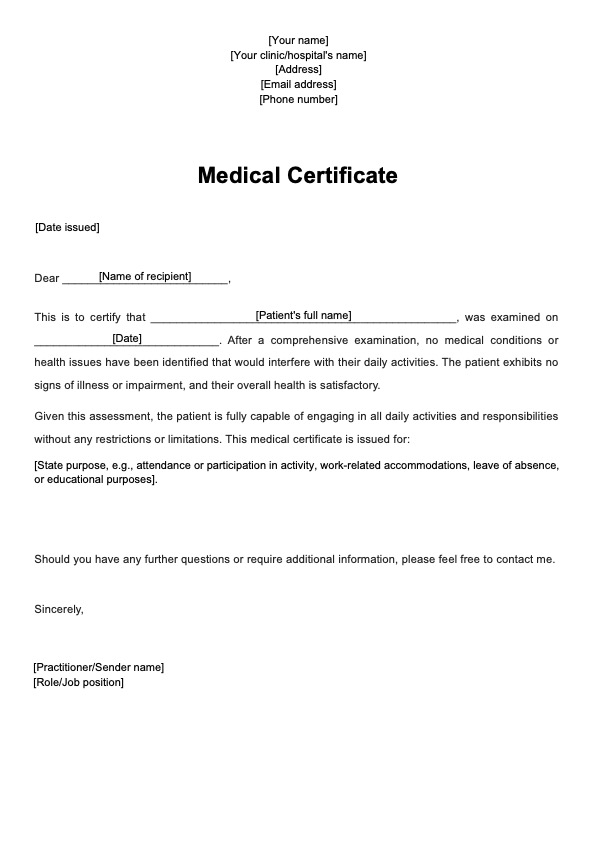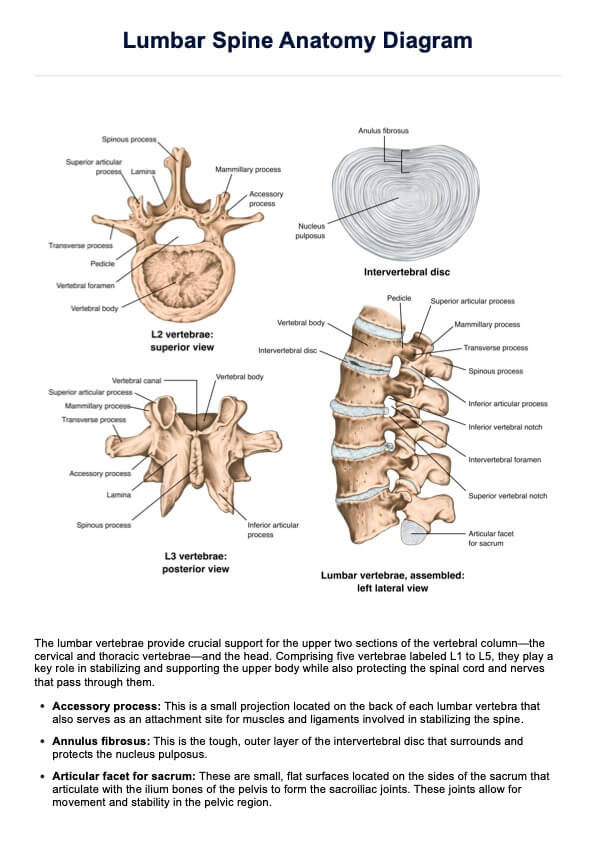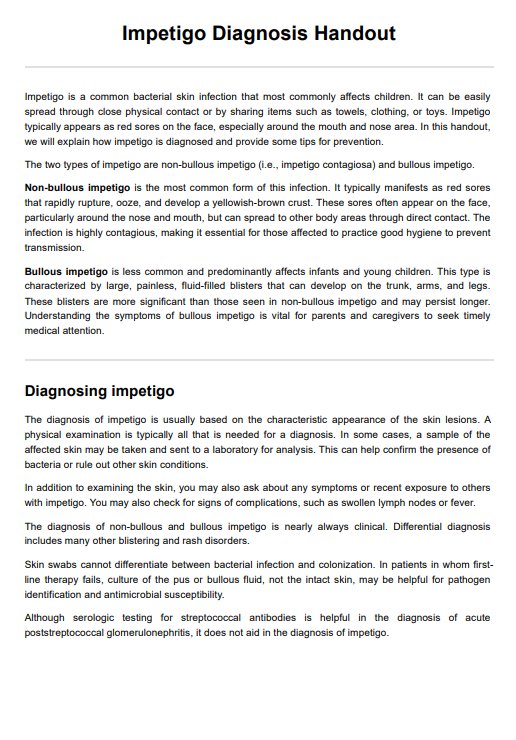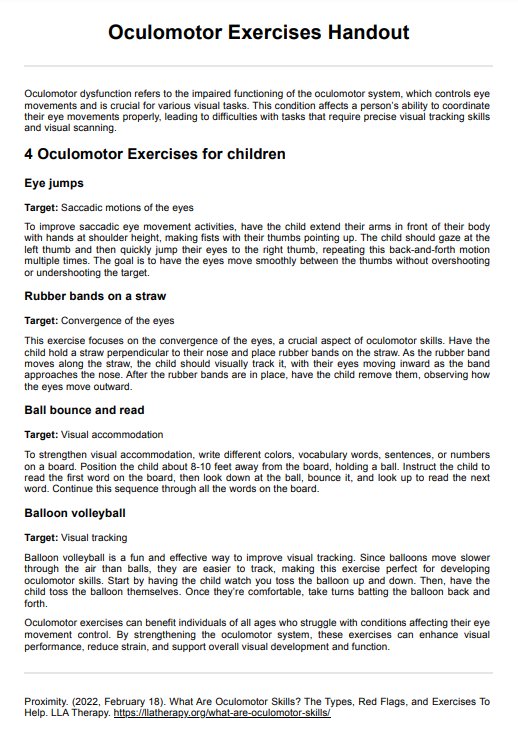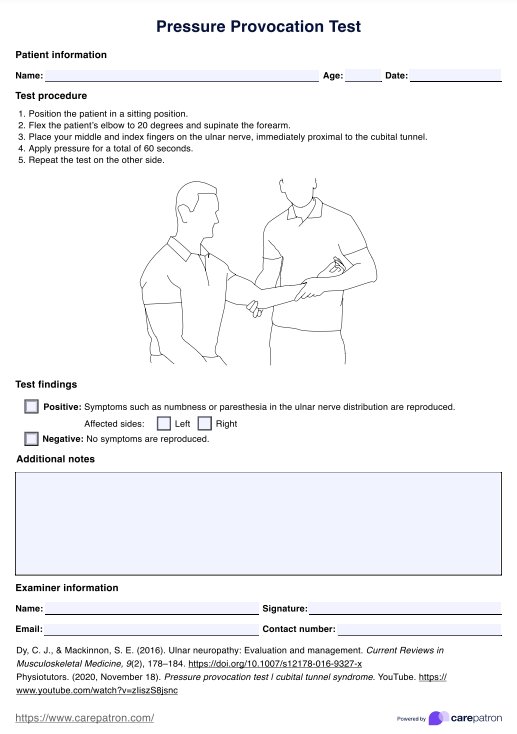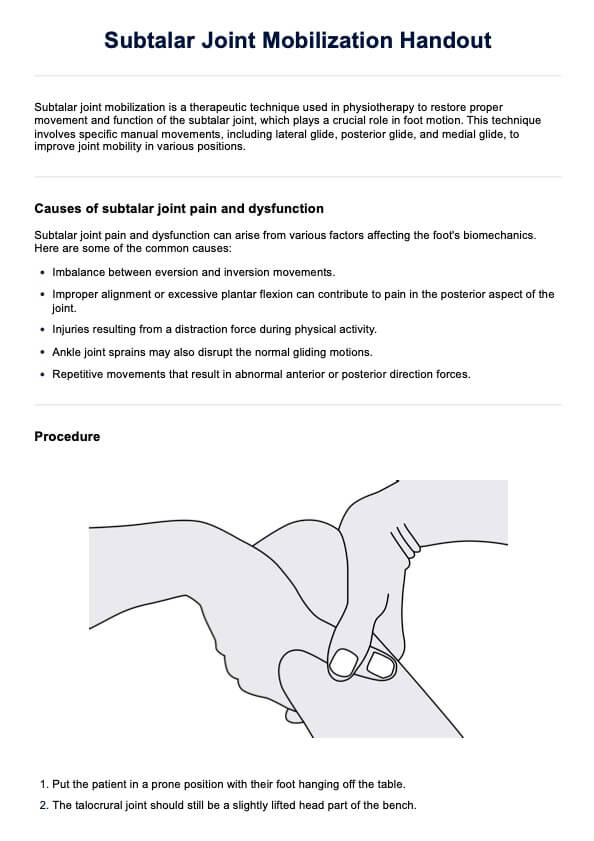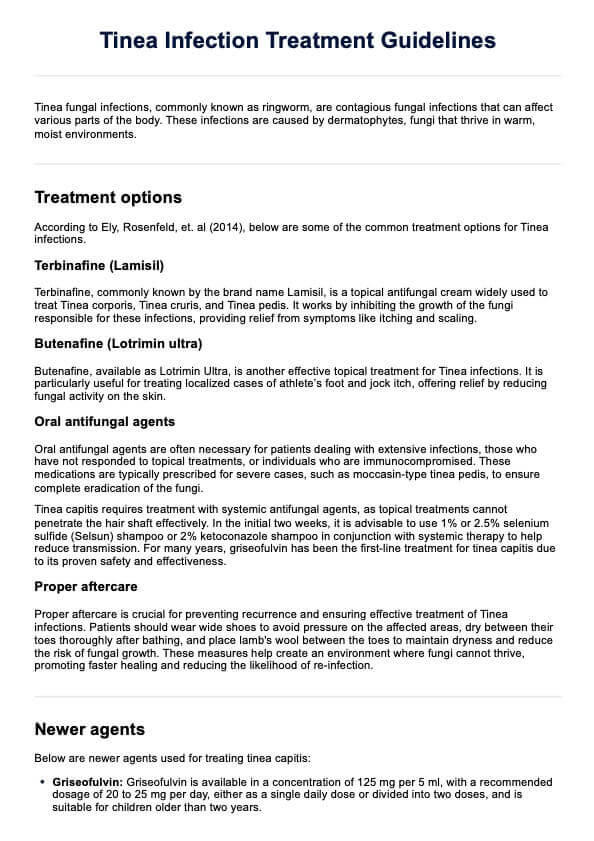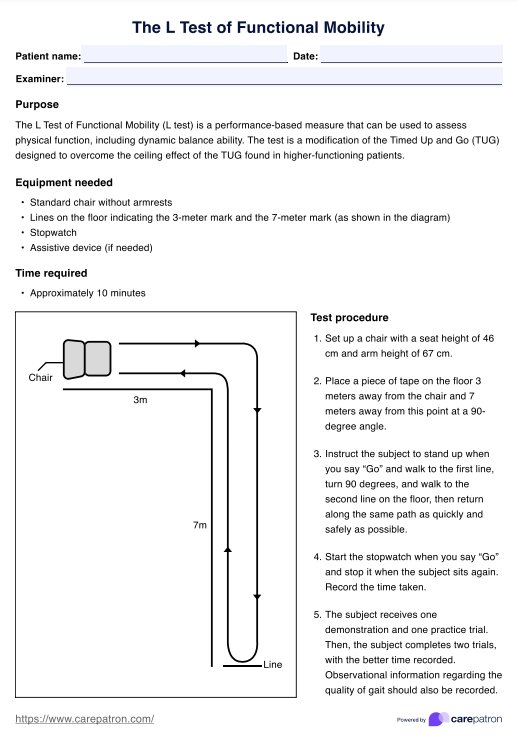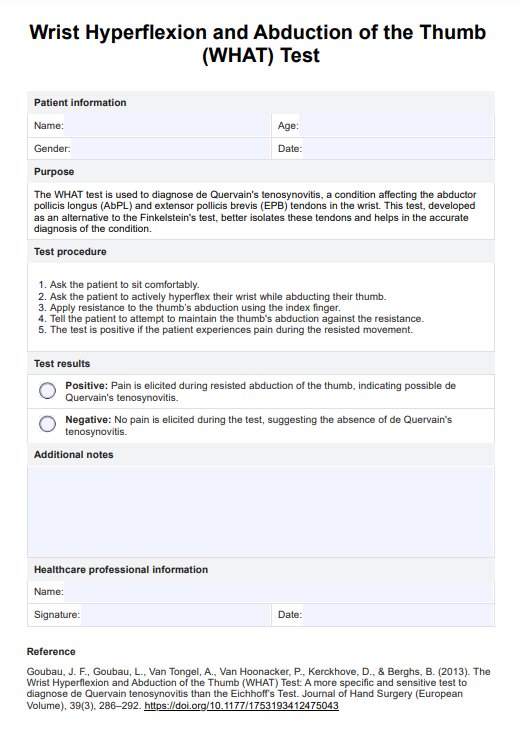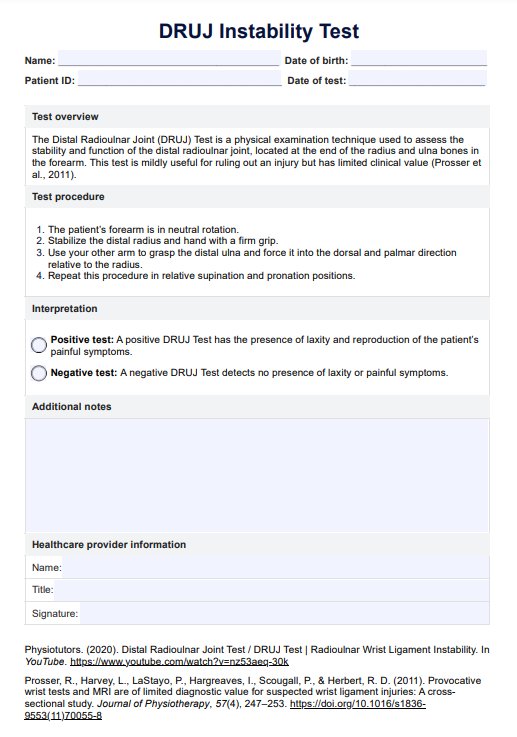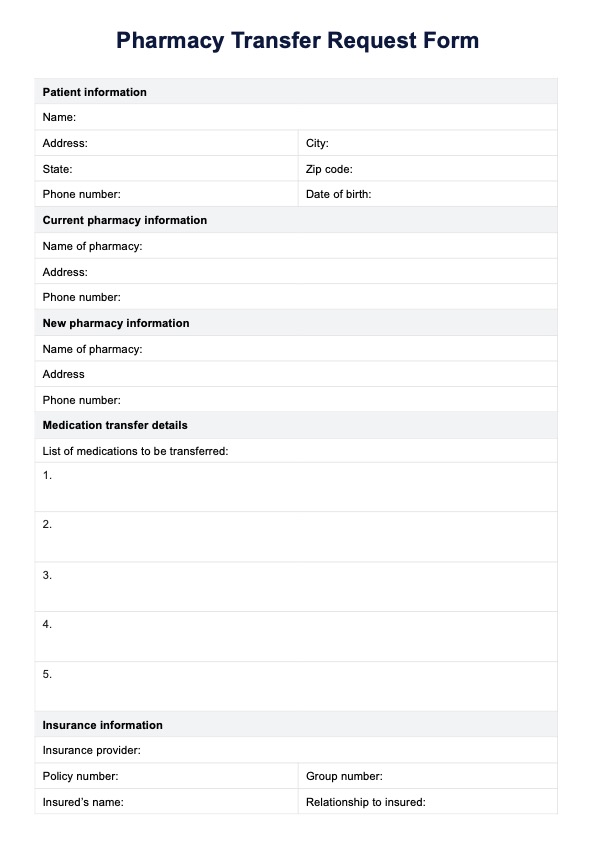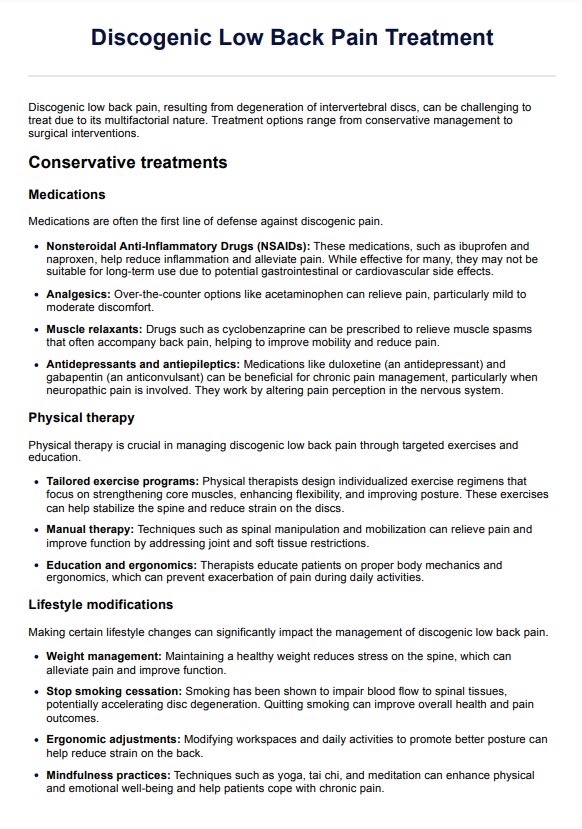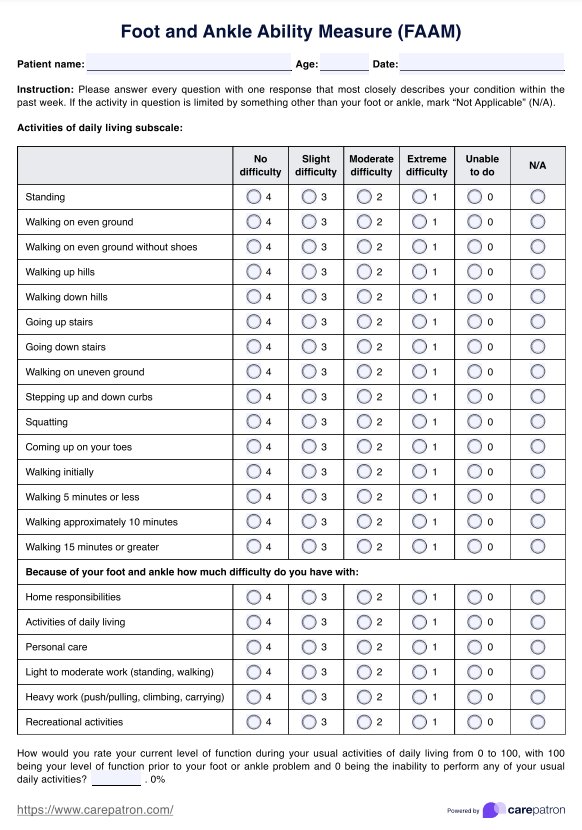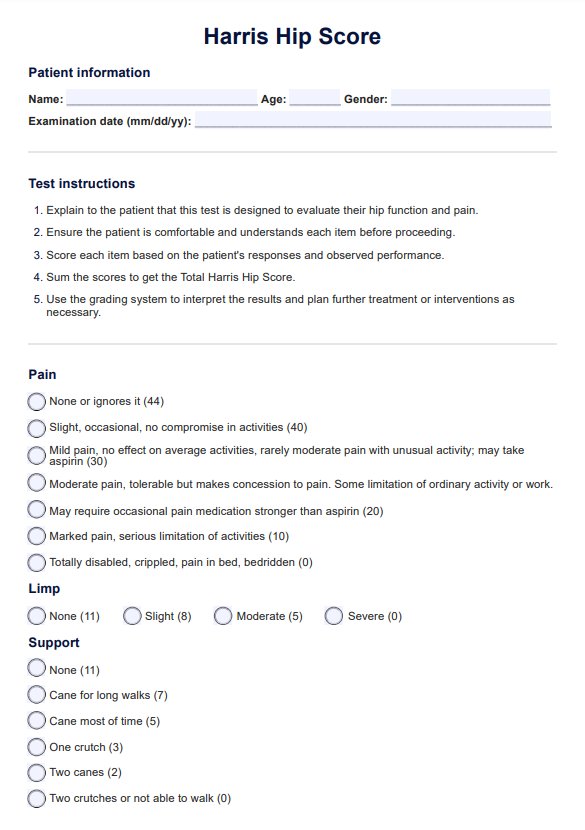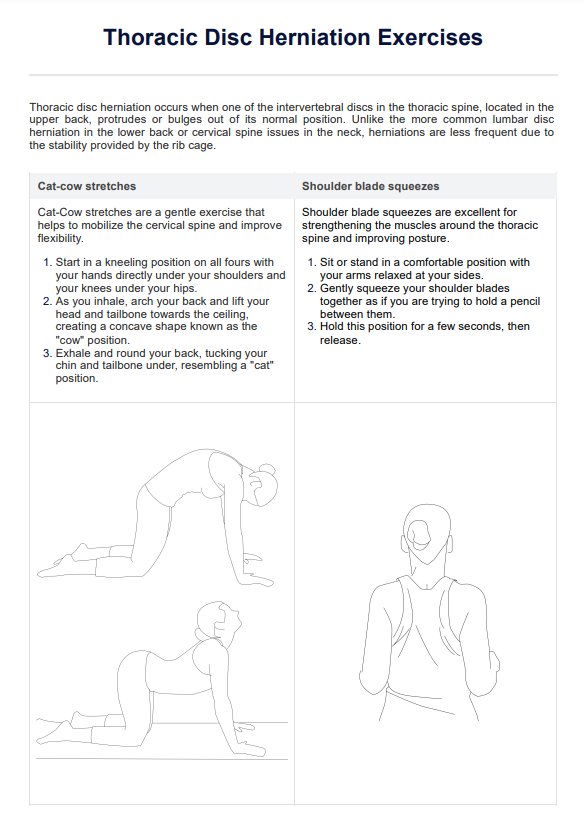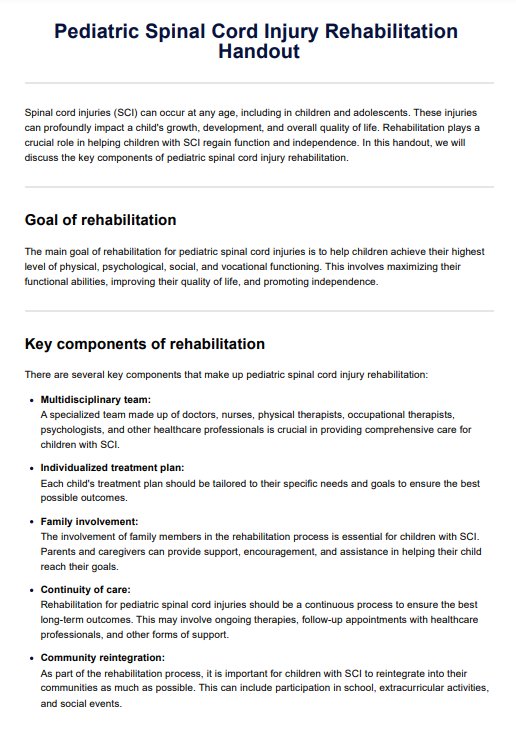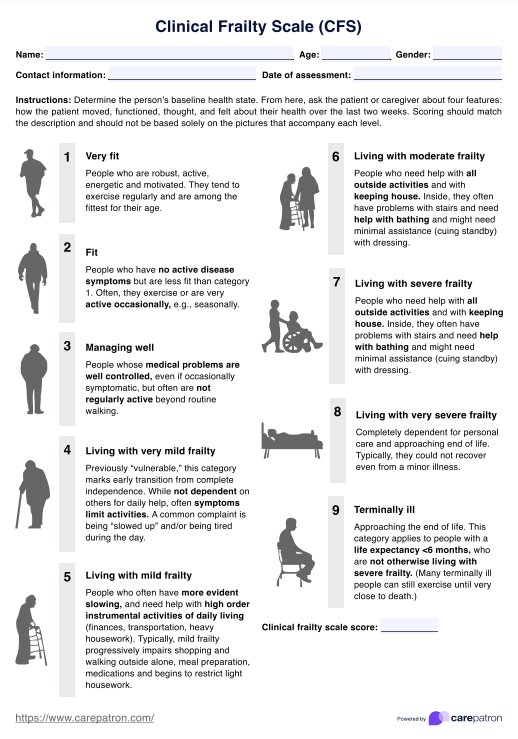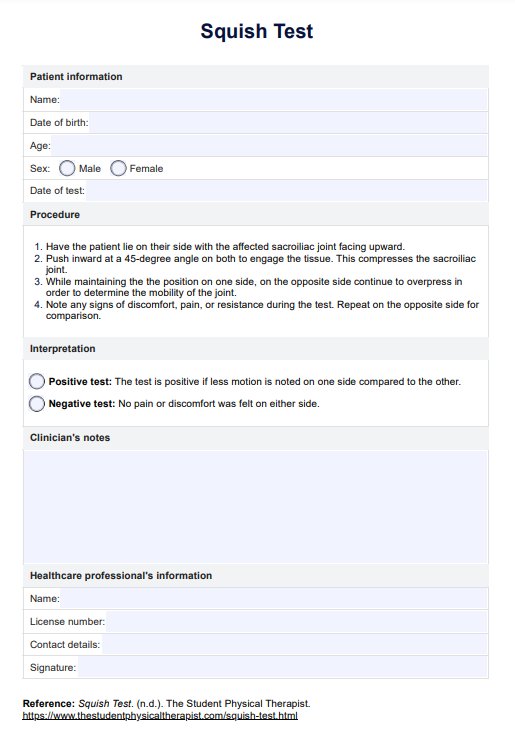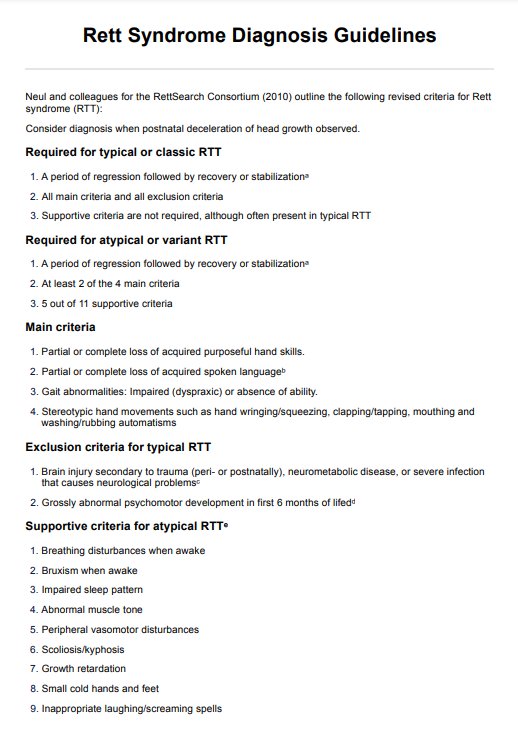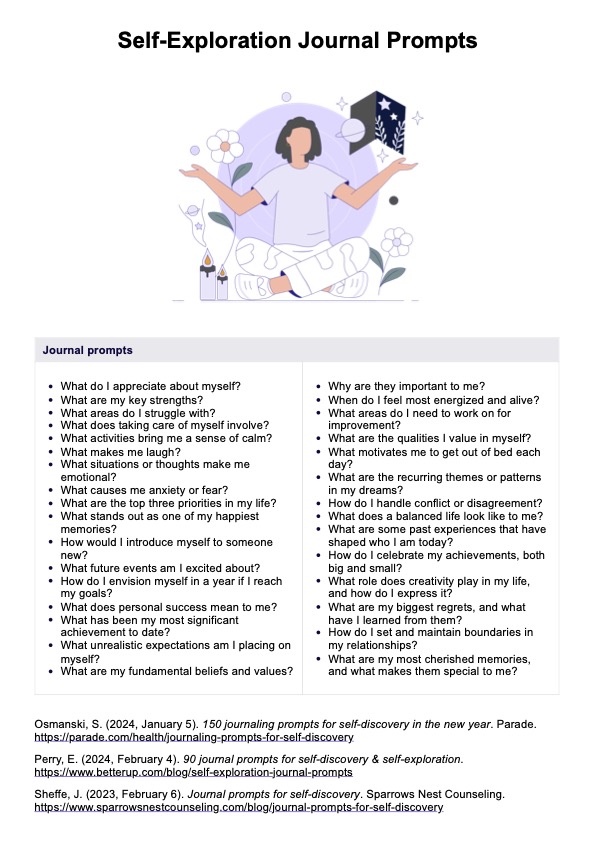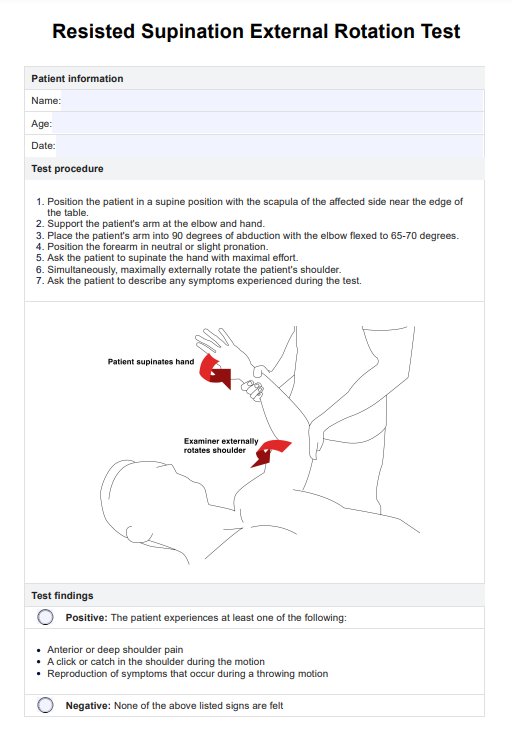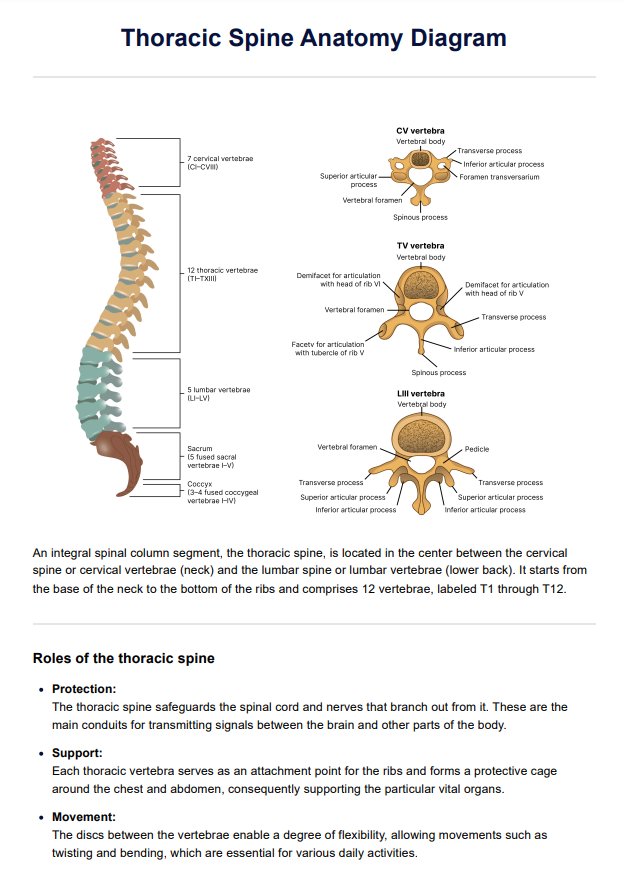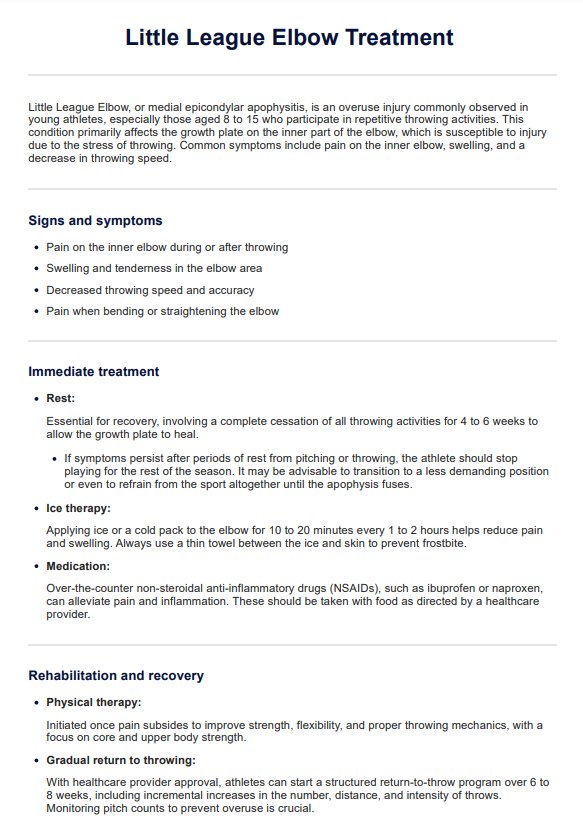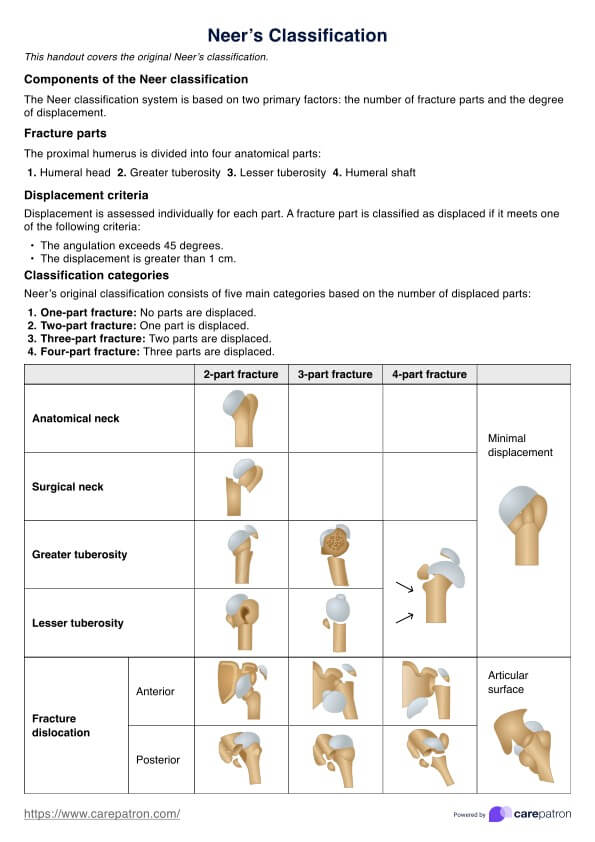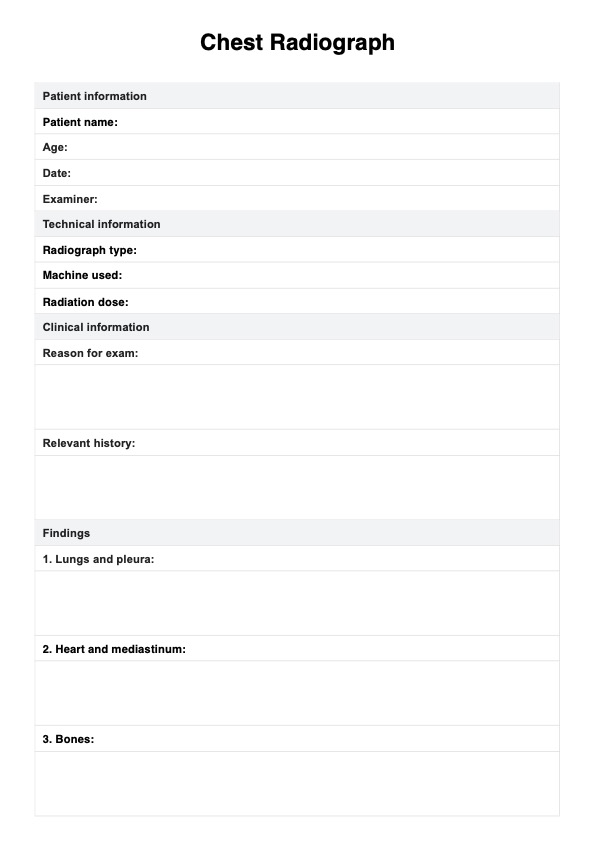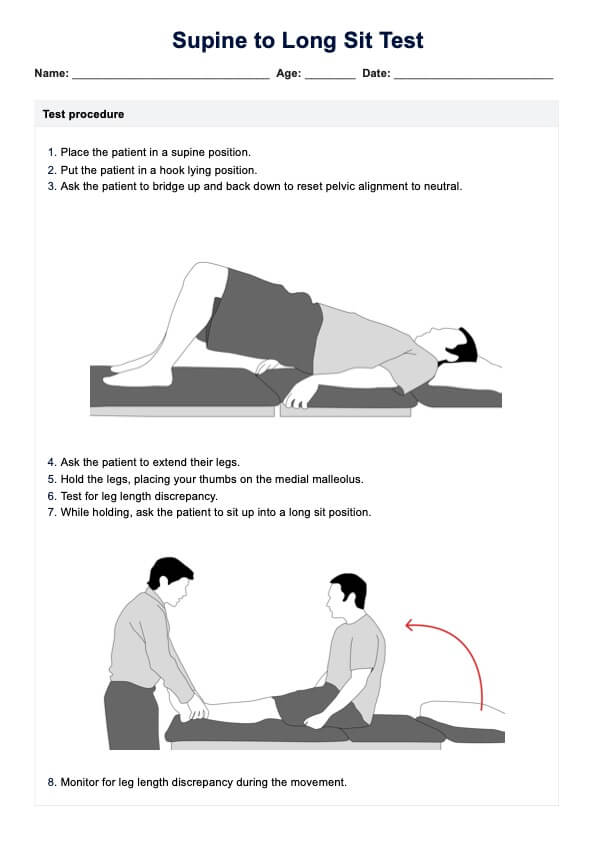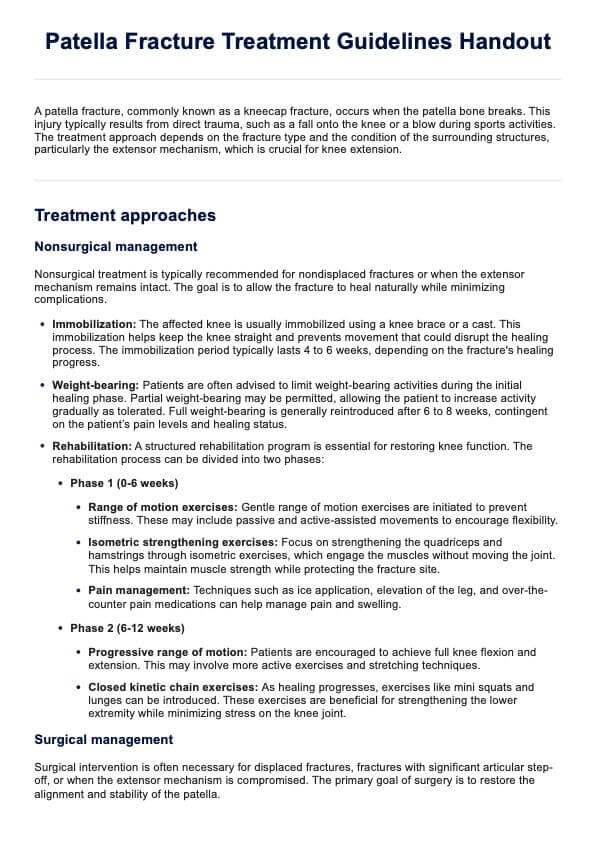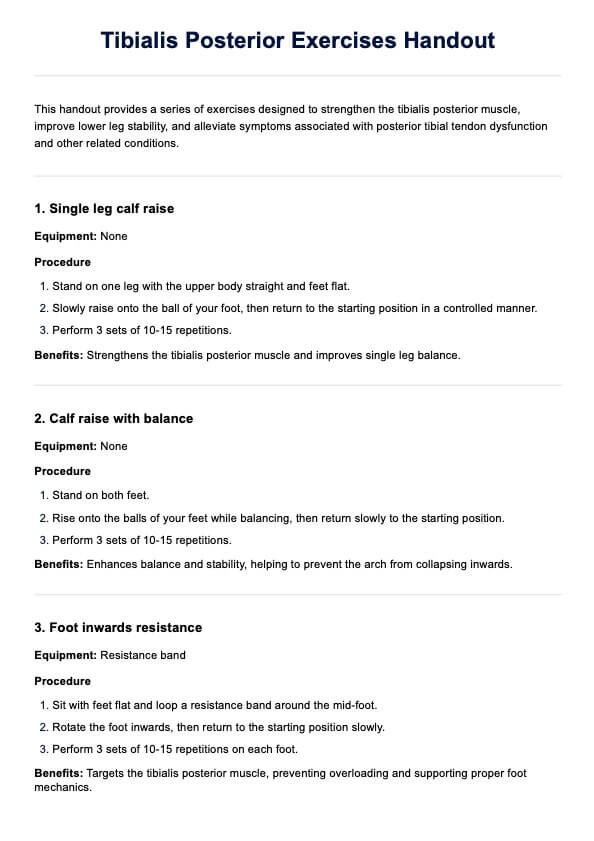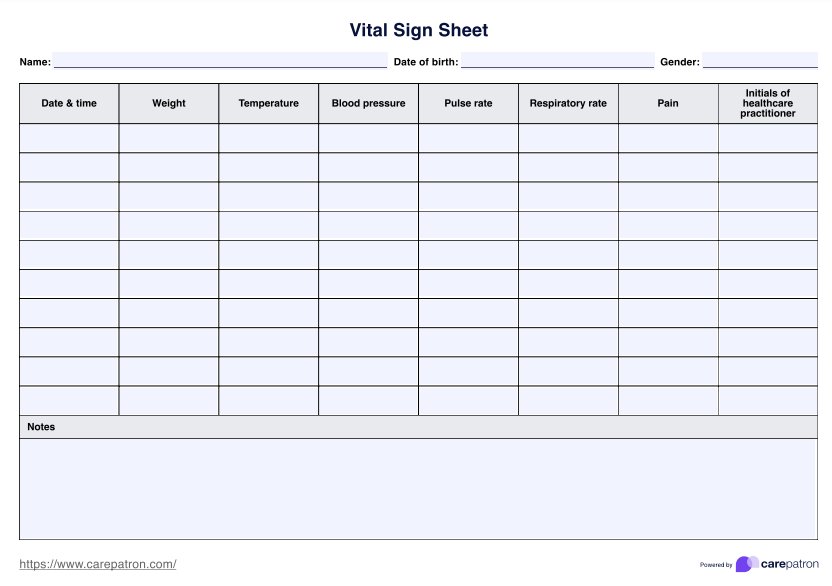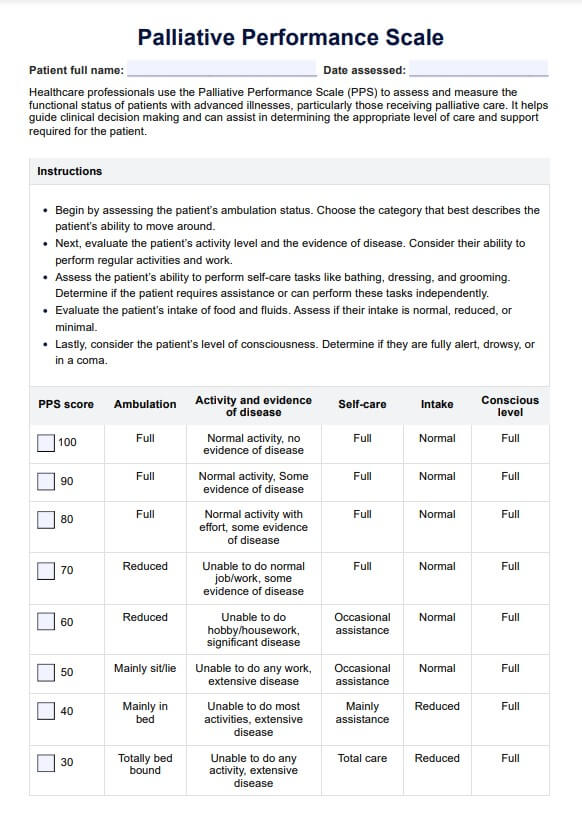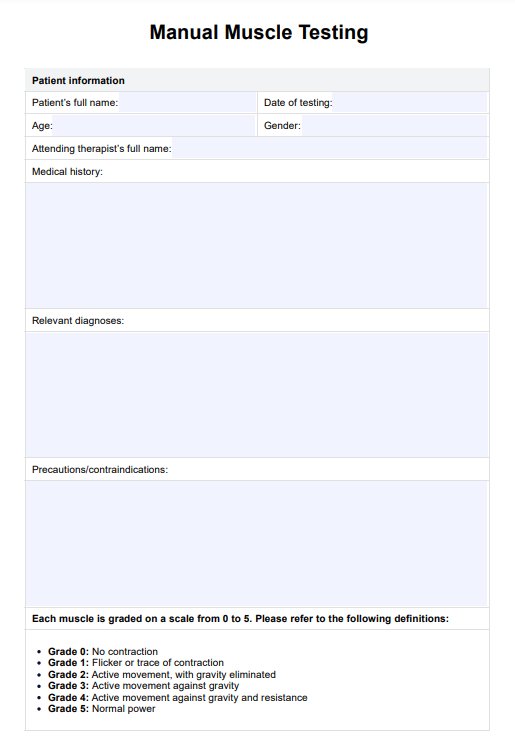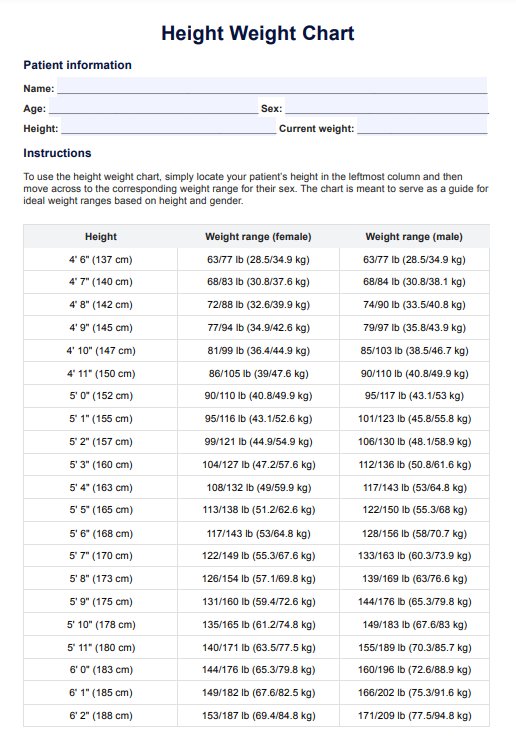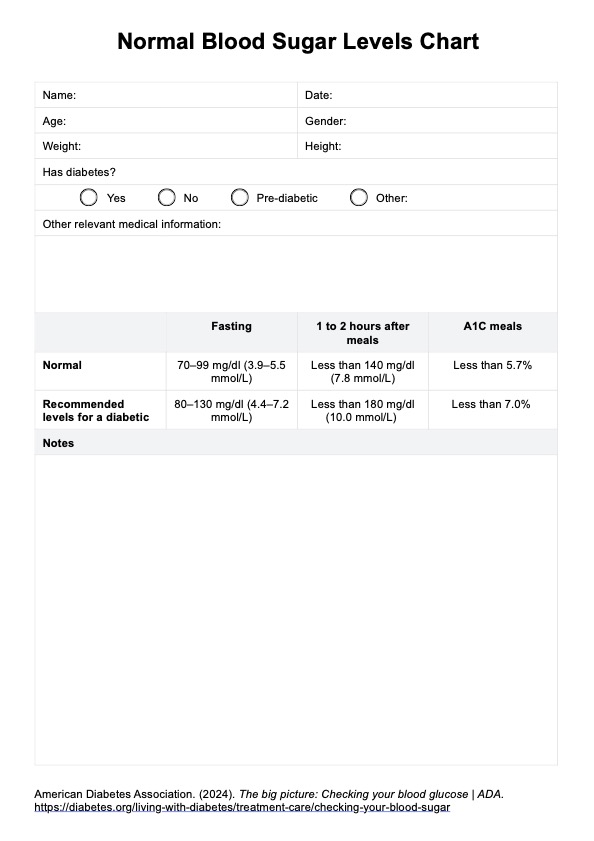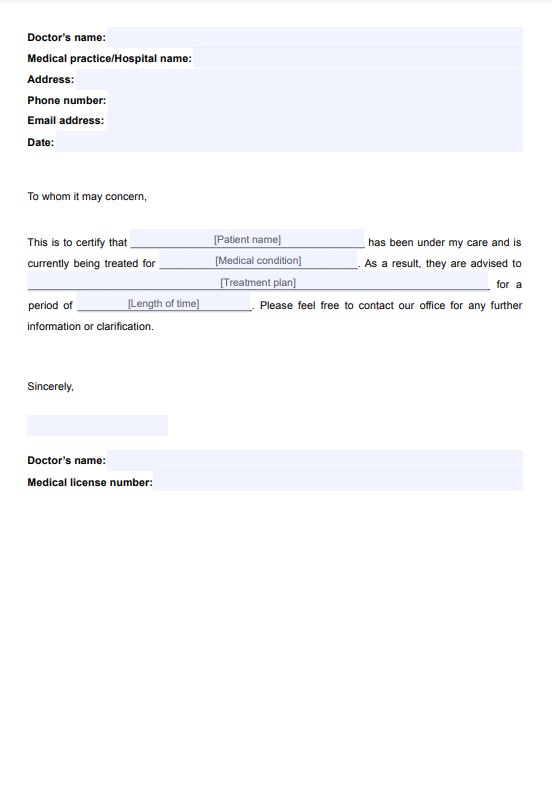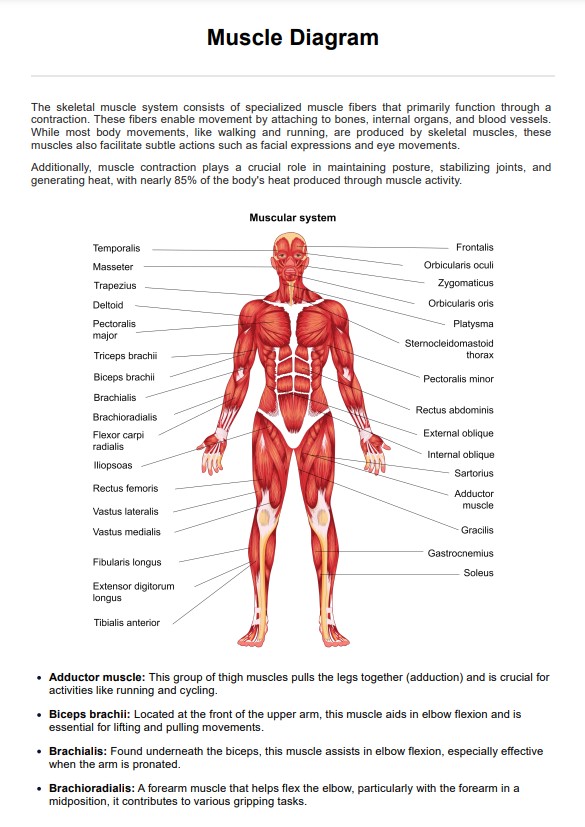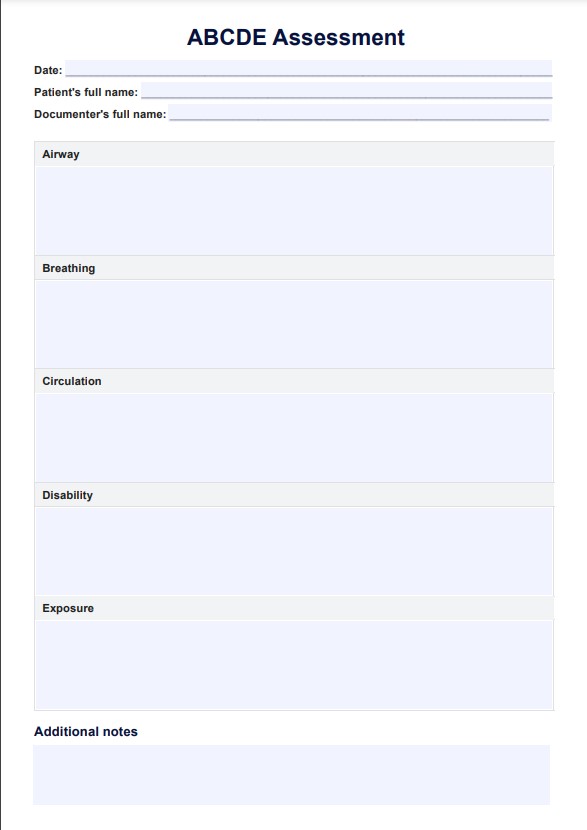Heart Diagram
Be better prepared for a last-minute exam or easily explain anatomy for your patients with our free Heart Diagram template.


The heart and its function
The heart pumps blood through a vast network of blood vessels, forming the cardiovascular system, which is essential for transporting oxygen and nutrients to the body’s cells and removing waste products. This circulatory system operates as a closed loop, ensuring continuous blood flow throughout the body.
The heart is divided into four chambers: the left and right atria and left and right ventricles. The flow of blood goes as follows: the left ventricle pumps oxygen-rich blood to the entire body, the left atrium receives oxygenated blood from the pulmonary veins and channels it to he left ventricle; as this happens, on the other side the right atrium receives oxygen-poor blood through the superior and inferior vena cava then then directs the blood to the to the right ventricle which pumps it to the pulmonary artery for it to be oxygenated.
The heart’s efficiency is further enhanced by a system of valves that ensure blood flows in one direction. The tricuspid valve is between the right atrium and right ventricle, while the mitral valve is between the left atrium and left ventricle. The pulmonary valve controls blood flow from the right ventricle into the pulmonary artery, and the aortic valve manages blood flow from the left ventricle into the aorta. The inner layer of the heart, known as the endocardium, lines the chambers and valves, playing a vital role in maintaining heart health and function.
Heart Diagram Template
Heart Diagram Example
What is a Heart Diagram?
A Heart Diagram is a visual depiction of the heart designed to convey anatomical or physiological features in a simplified way. It could depict the coronary circulation, the layers of the heart, the electrical conduction pathways of the heart, or just the heart’s basic structure.
To help patients understand the basic cardiac anatomy, we have developed this diagram of the heart, which sets out key anatomical features of the heart in a simple and accessible way.
Utilize this diagram in the educational setting by covering up the labels, unwinding by coloring in the different parts of the heart, or use it to educate patients. This diagram can be a great resource for familiarizing oneself with the heart anatomy.
How are Heart Diagrams used?
The following is a step-by-step guide on how to make the most out of this resource:
Step 1: Download the diagram
The first step is to get your hands on this anatomical diagram of the human heart. To do so, simply download the free PDF resource by clicking on "Use template" or "Download" on this page.
Step 2: Print out or save locally
Next, you'll want to store the diagram somewhere you can access it for your use or study. This printable human Heart Diagram is a great addition to your tools at your clinic or as lecture notes for medical students, whether digital or hard copy.
Step 3: Add notes or annotations
The last and most important step is to utilize the diagram in studies or practice. This could look like adding extra annotations or providing this resource to your patients or students.
When are the best times to use this Heart Diagram template?
The Heart Diagram template can be used in multiple situations. Here are examples of them:
Lecture revision
Getting comfortable with the basic anatomy of the heart is crucial for many university courses such as nursing, medicine, or anatomy. This diagram can serve as a visual reference for studying.
Exam or test prep
Use this diagram as preparation for an upcoming exam or test by naming all the labeled heart structures and adding in any extra structures, such as layers of the heart wall, branches of the aorta, or the direction of blood flow through the chambers of the heart (see our example diagram above for the correct answer for this last point!).
Revision for cardiology rotations
If you're already out of nursing or medical school but just need a quick refresher, this diagram can be a great go-to revision resource. It sets out the most important anatomical structures and can be annotated with any additional points you need to know before going into a cardiology rotation.
Educational resource for patients or students
This resource isn't just for students. Clinicians can use this diagram to educate their patients on simple cardiovascular anatomy and help them understand relevant conditions. Academics, lecturers, or tutors can also use this free resource to provide it to their own students.
What are the benefits of using a Heart Diagram?
Using a Heart Diagram has its benefits such as:
Simple design
The simple design of this human Heart Diagram allows for revising the core concepts of cardiovascular anatomy before getting into more complicated steps such as electrophysiology or coronary circulation. This simplifies explaining the heart's anatomy to your patients and ensures they understand the key points.
Focus on basic anatomy
One must crawl before one walks, so before you can move onto more advanced topics in cardiovascular anatomy and physiology, you must know the basic anatomy, like the back of your hand. This diagram includes just the basic structures but can easily be annotated with additional details as you progress.
Space for additional notes
Given the simple nature of this diagram, you'll likely have some extra notes to add, and we have provided space in this diagram for you to do so whether this is to summarize your notes in words or answer some practice questions.
Commonly asked questions
Heart Diagrams are valuable tools for studying anatomy. They visually represent the complex structure of the heart, illustrating the position and relationships of its various components, such as chambers, valves, and major blood vessels. This aids learners in understanding the heart's three-dimensional nature and functions.
In a clinical setting, Heart Diagrams serve as effective communication aids between healthcare professionals and patients. They help explain medical conditions, treatment plans, and surgical procedures related to the cardiovascular system. They enhance patient education and facilitate clearer discussions about cardiac health.
Yes, there are different Heart Diagrams, ranging from simple illustrations for educational purposes to more detailed diagrams used in medical textbooks or presentations. Some diagrams focus on specific aspects, such as blood flow or cardiac conduction, providing targeted insights into different facets of heart anatomy and function.


